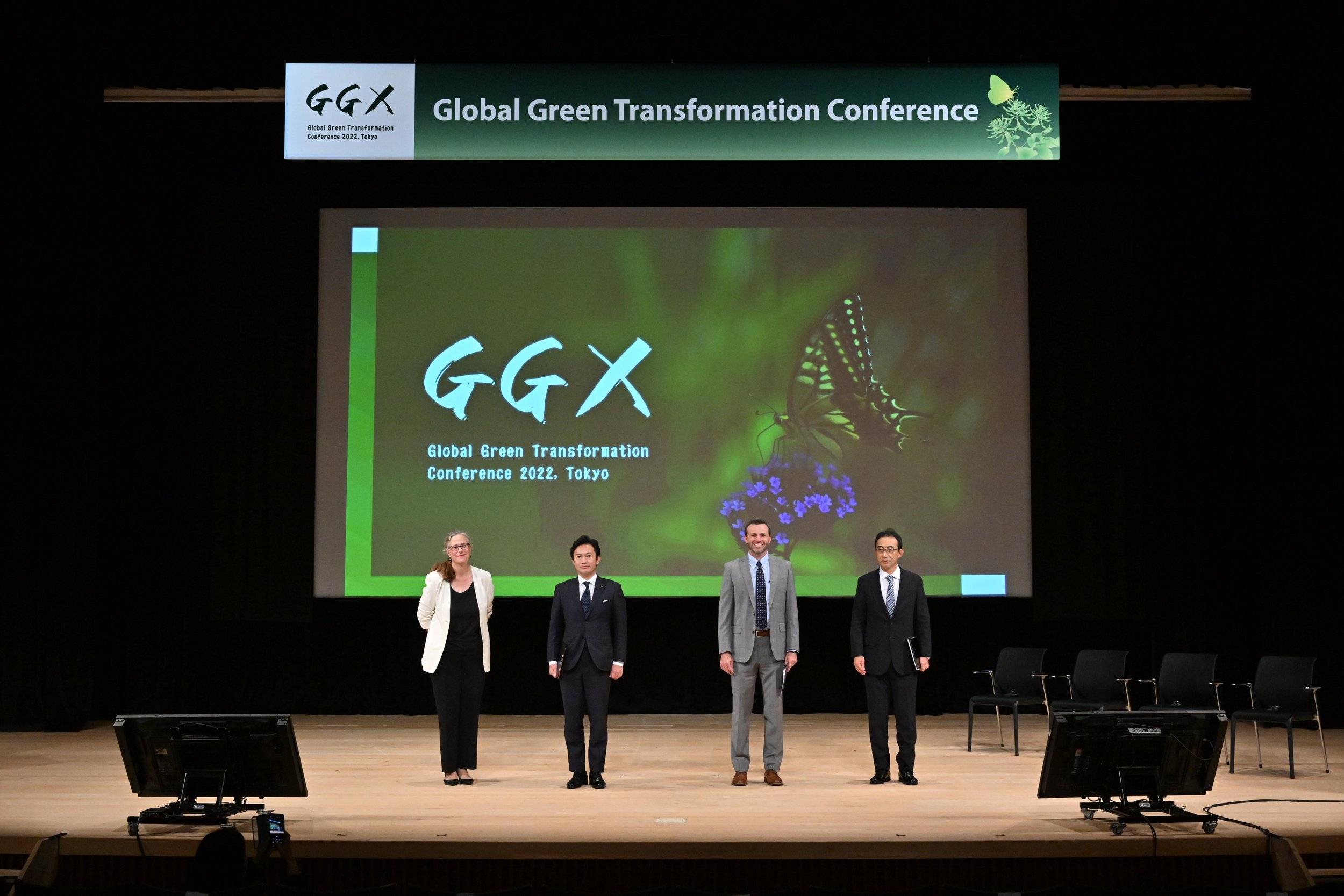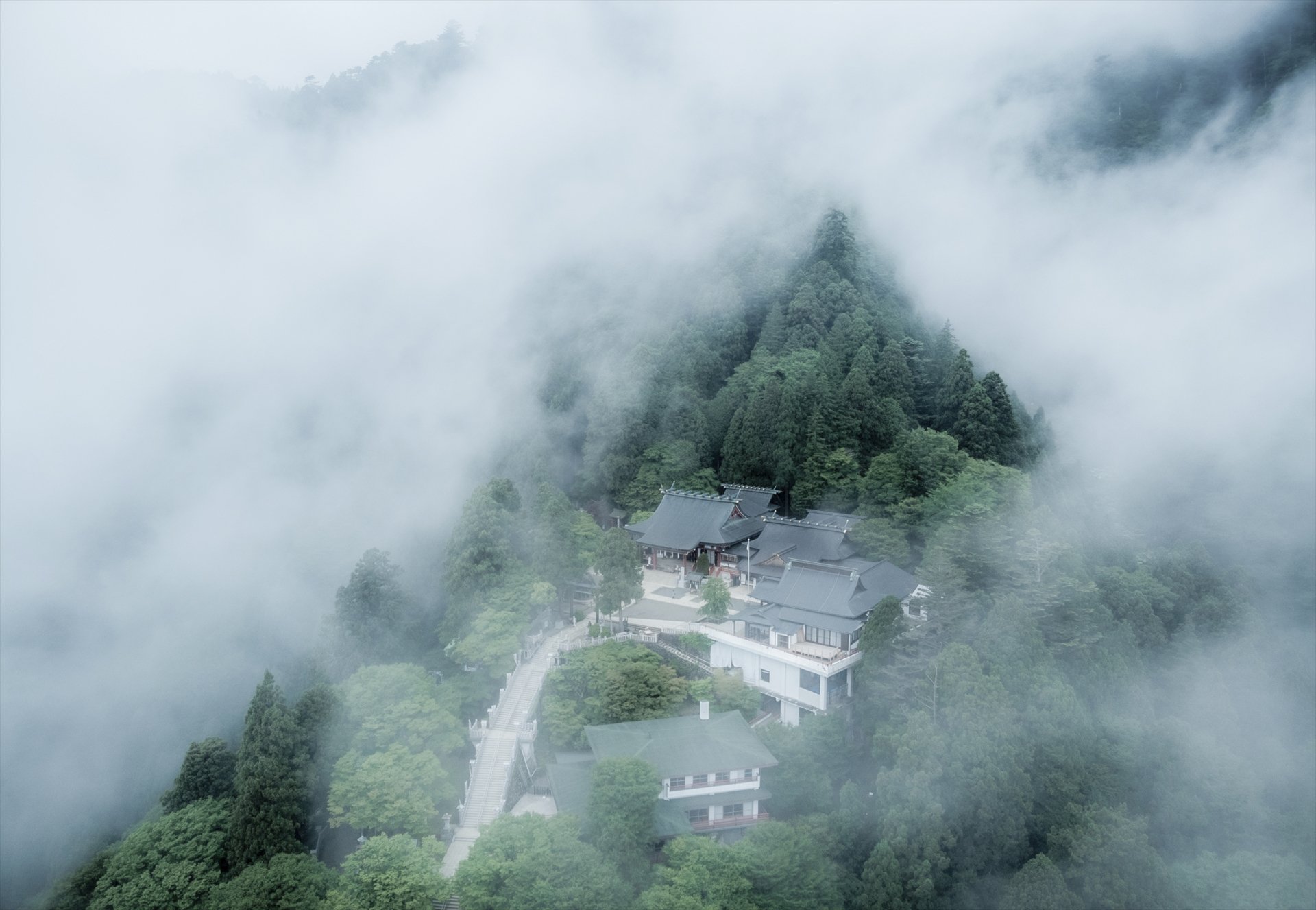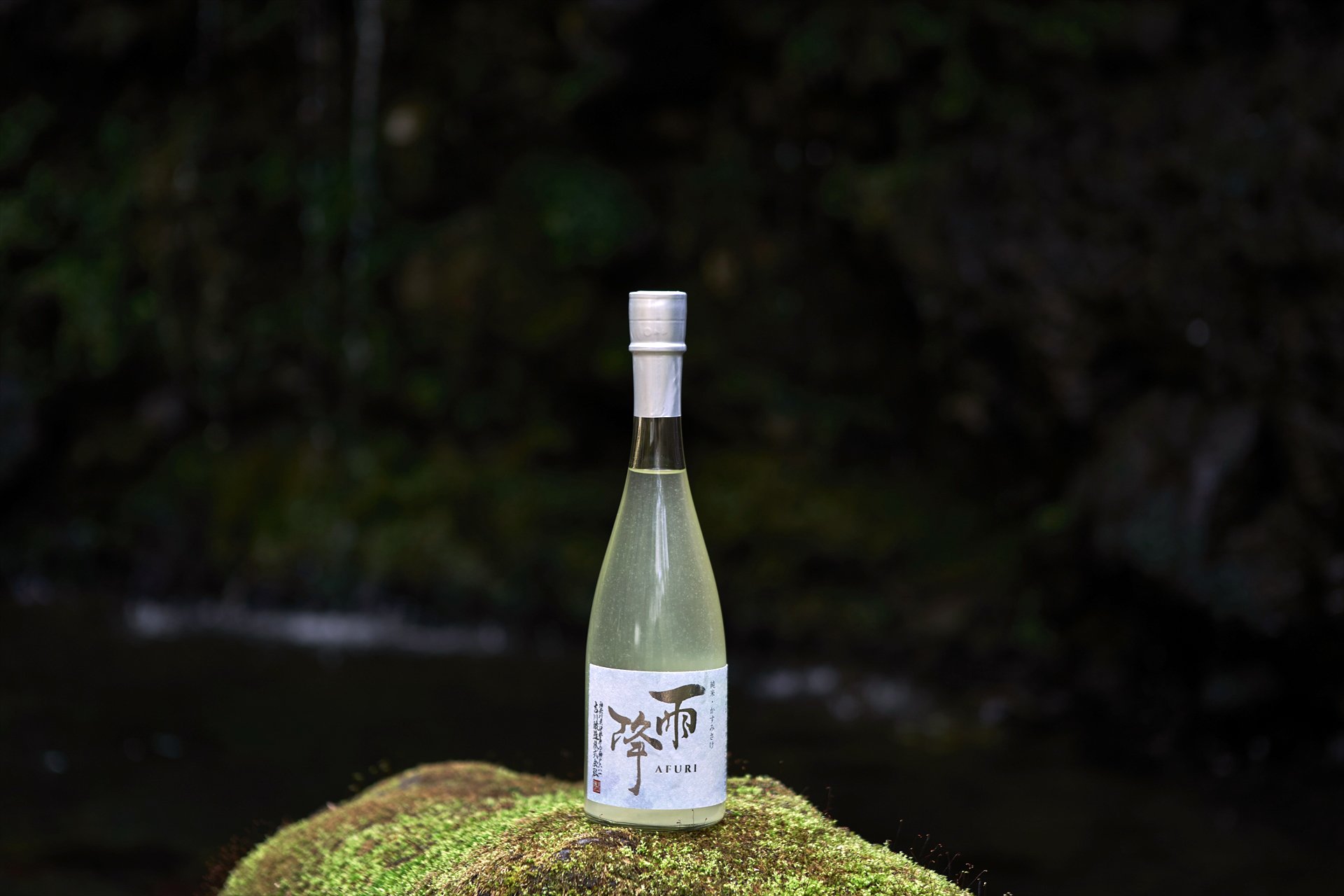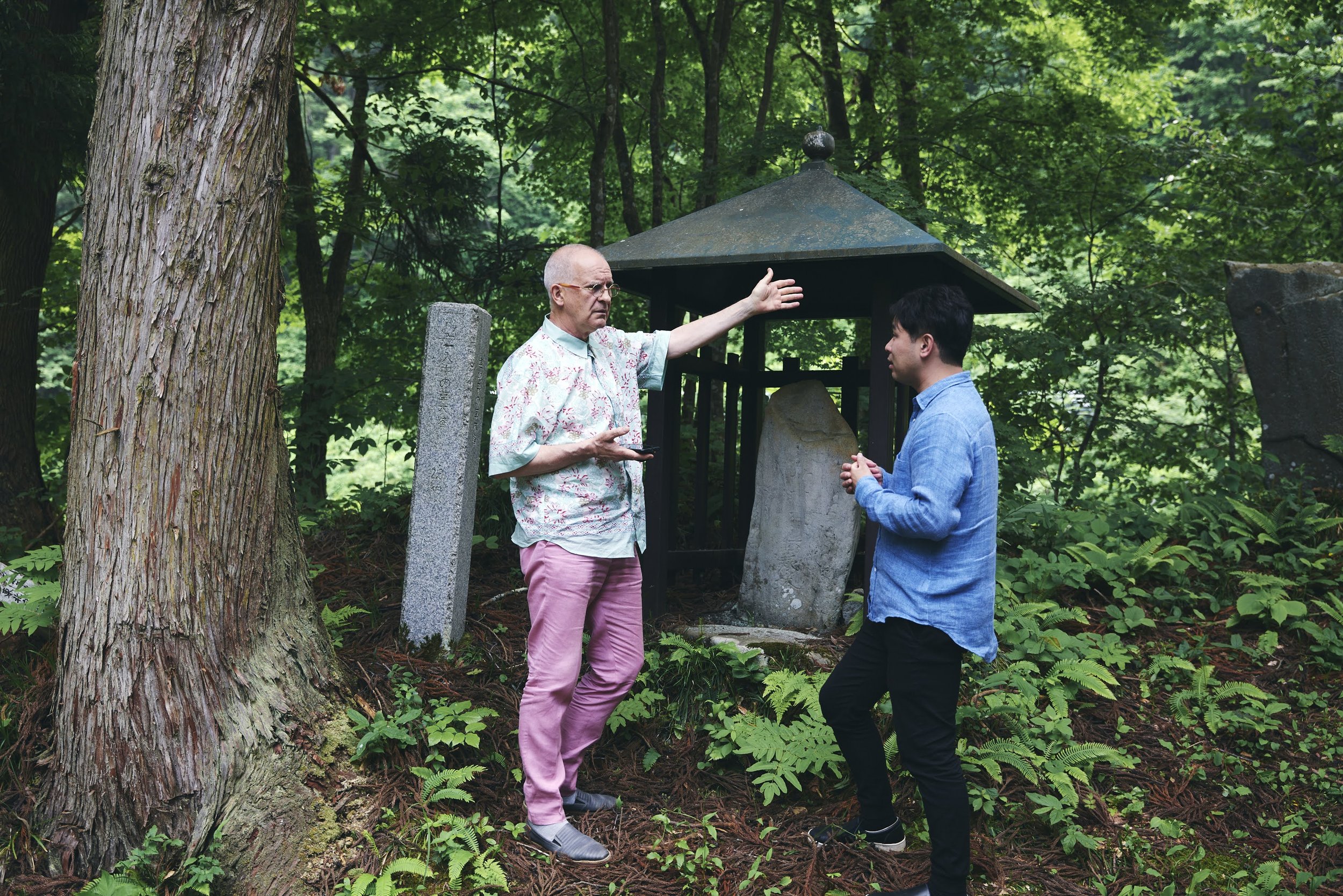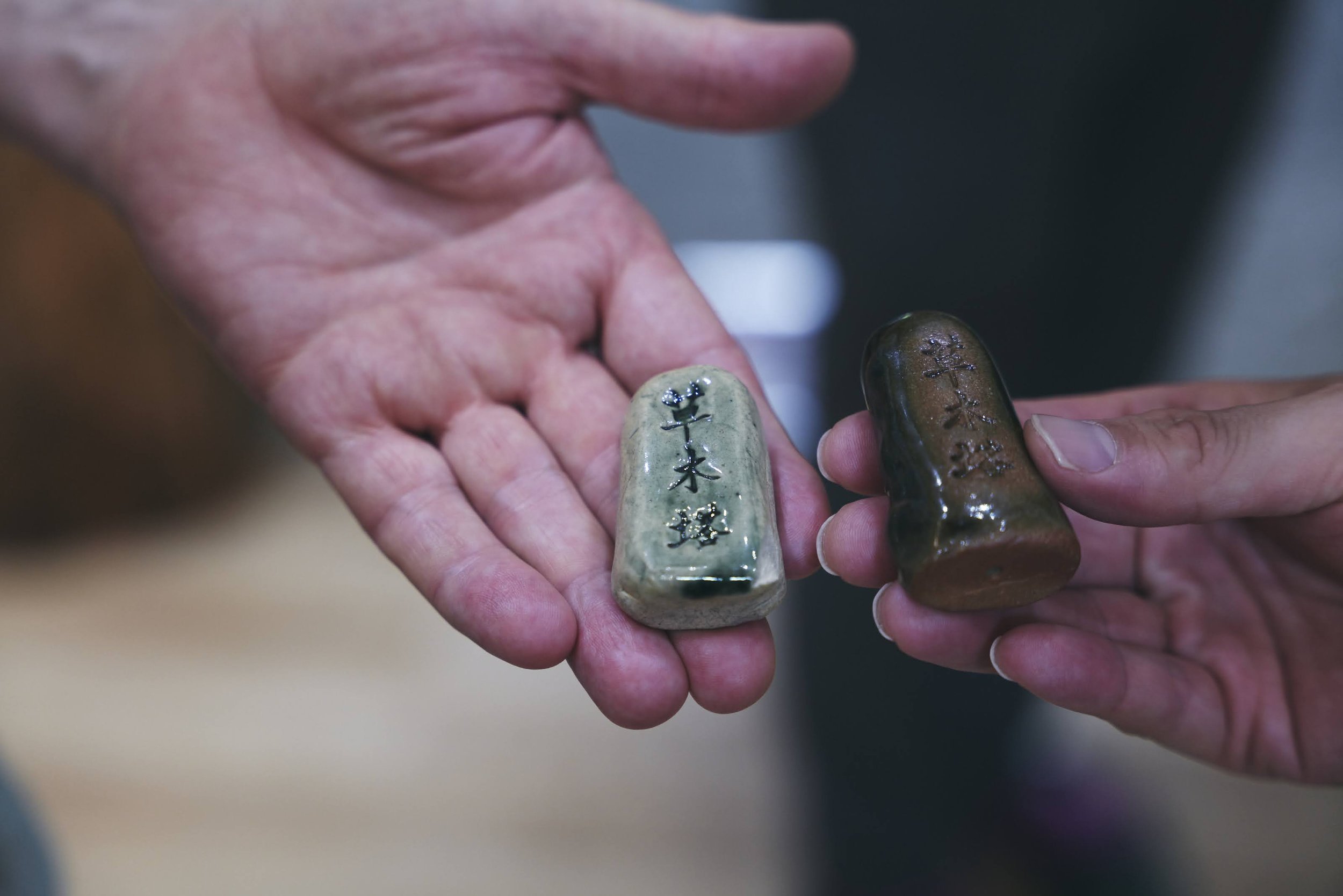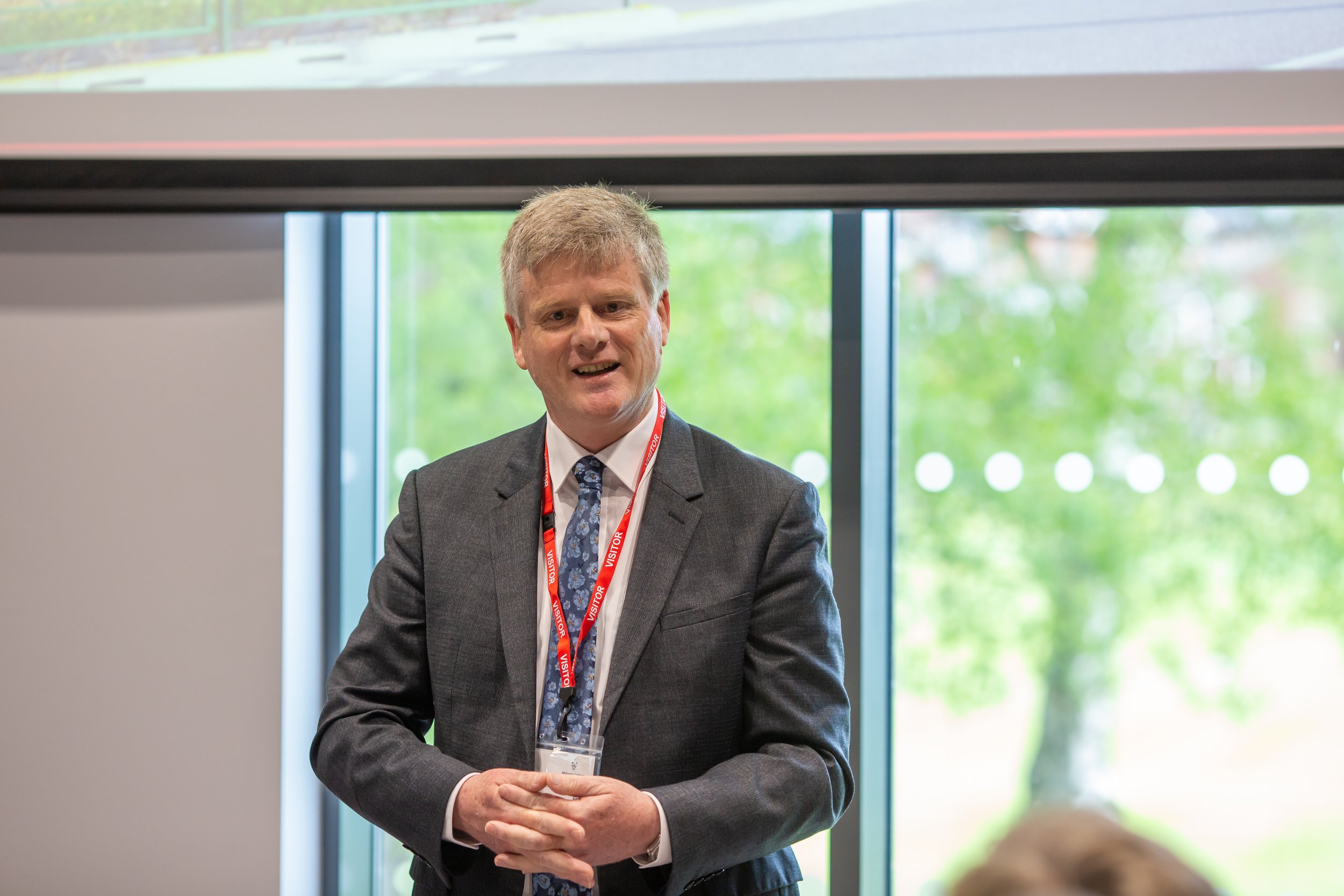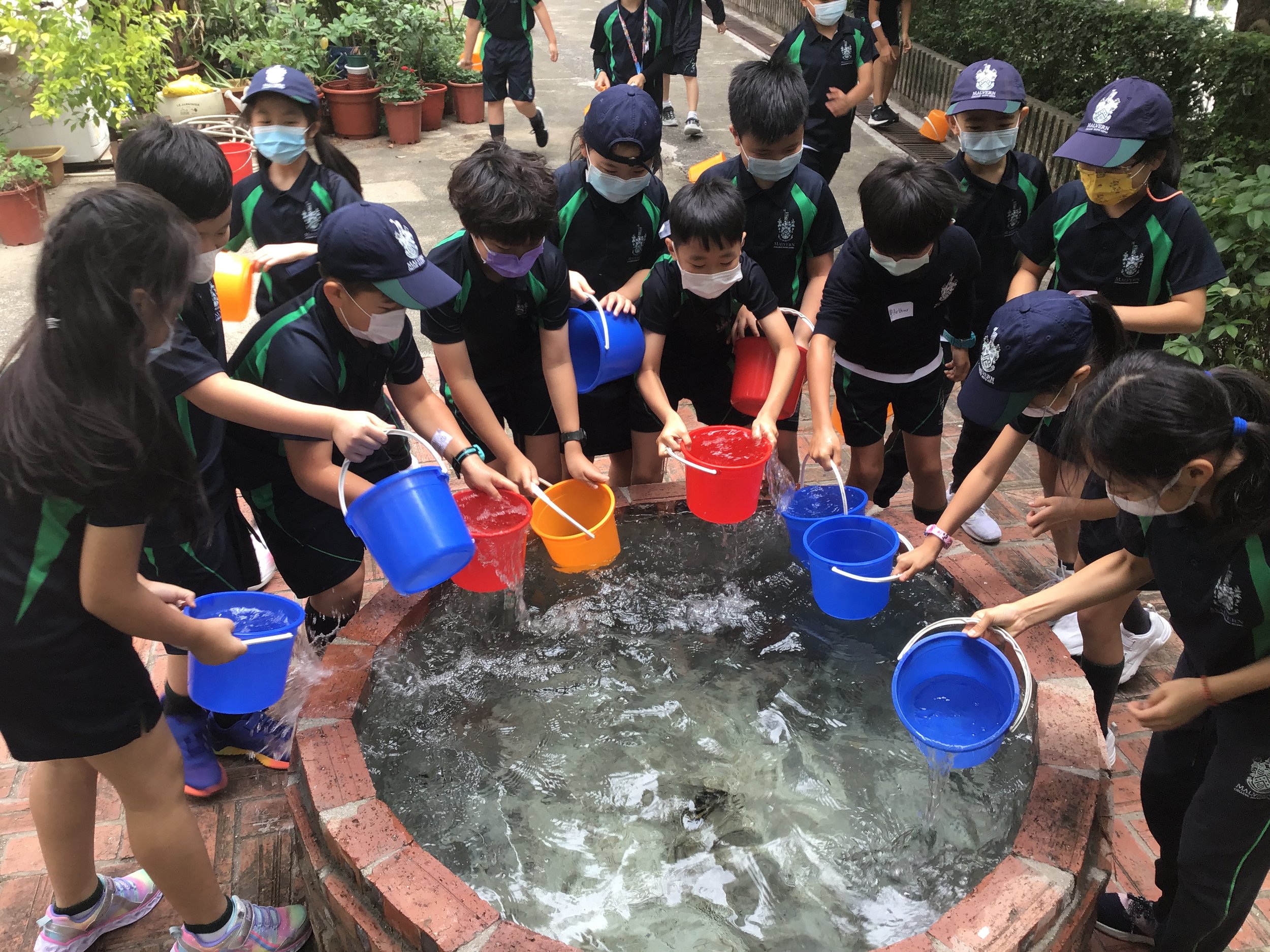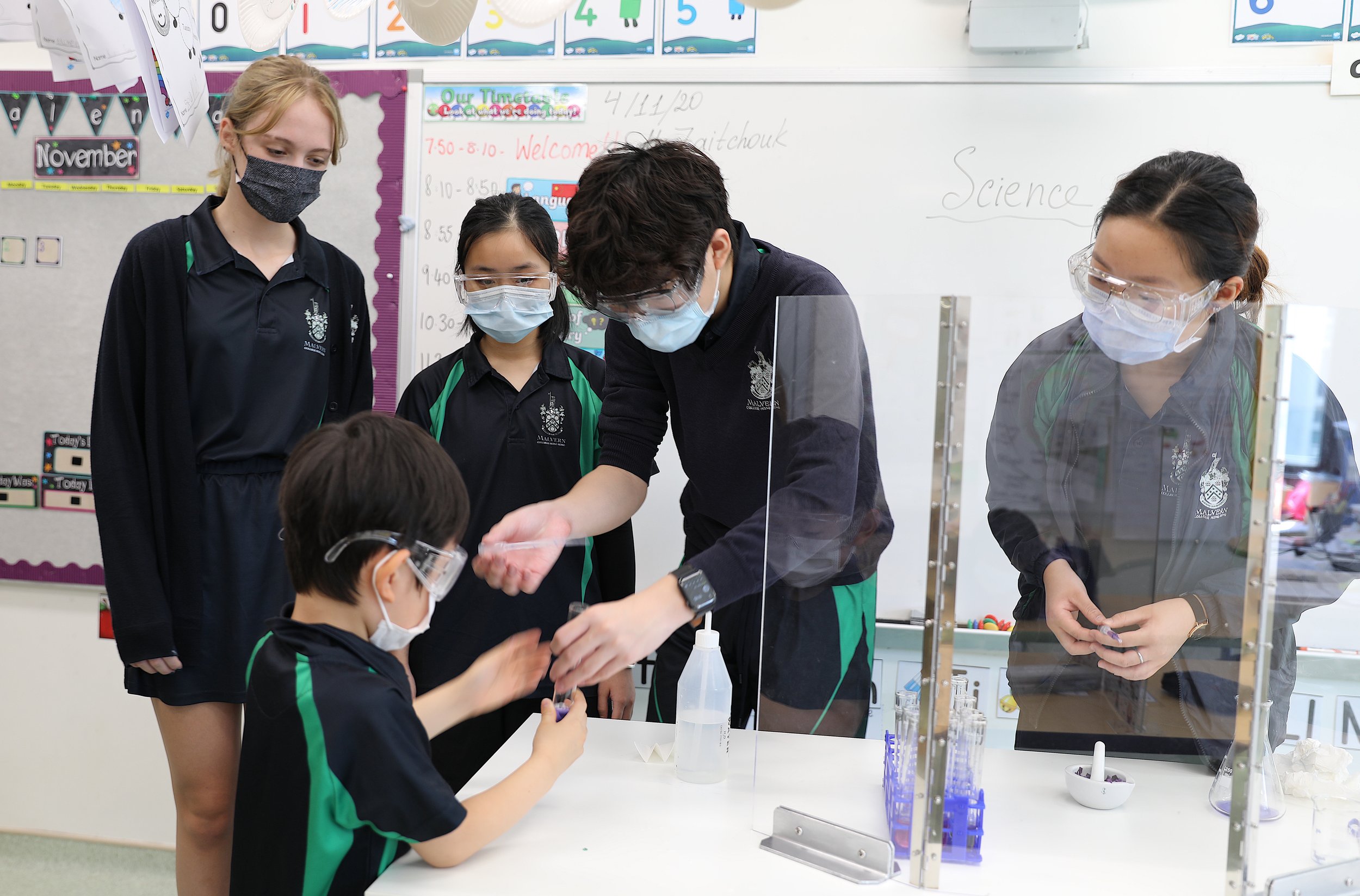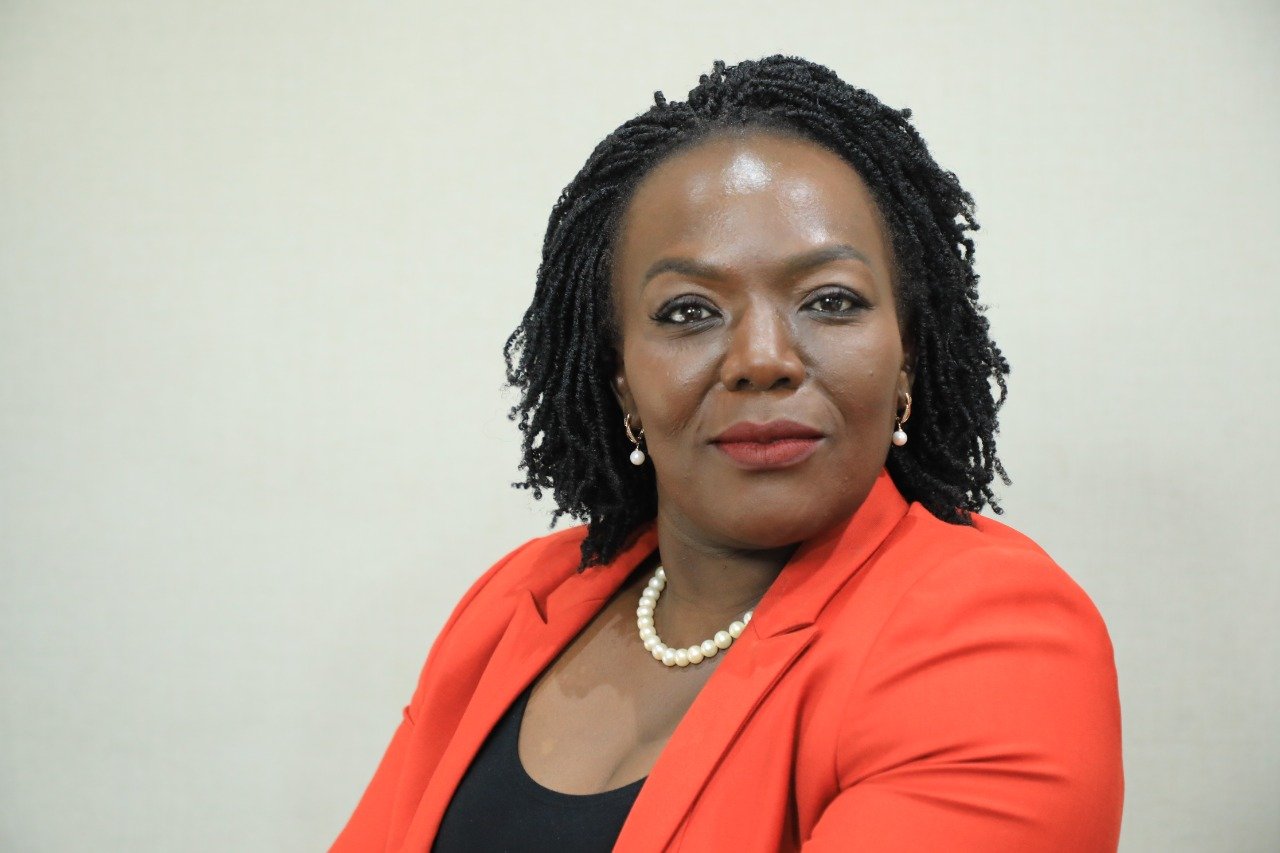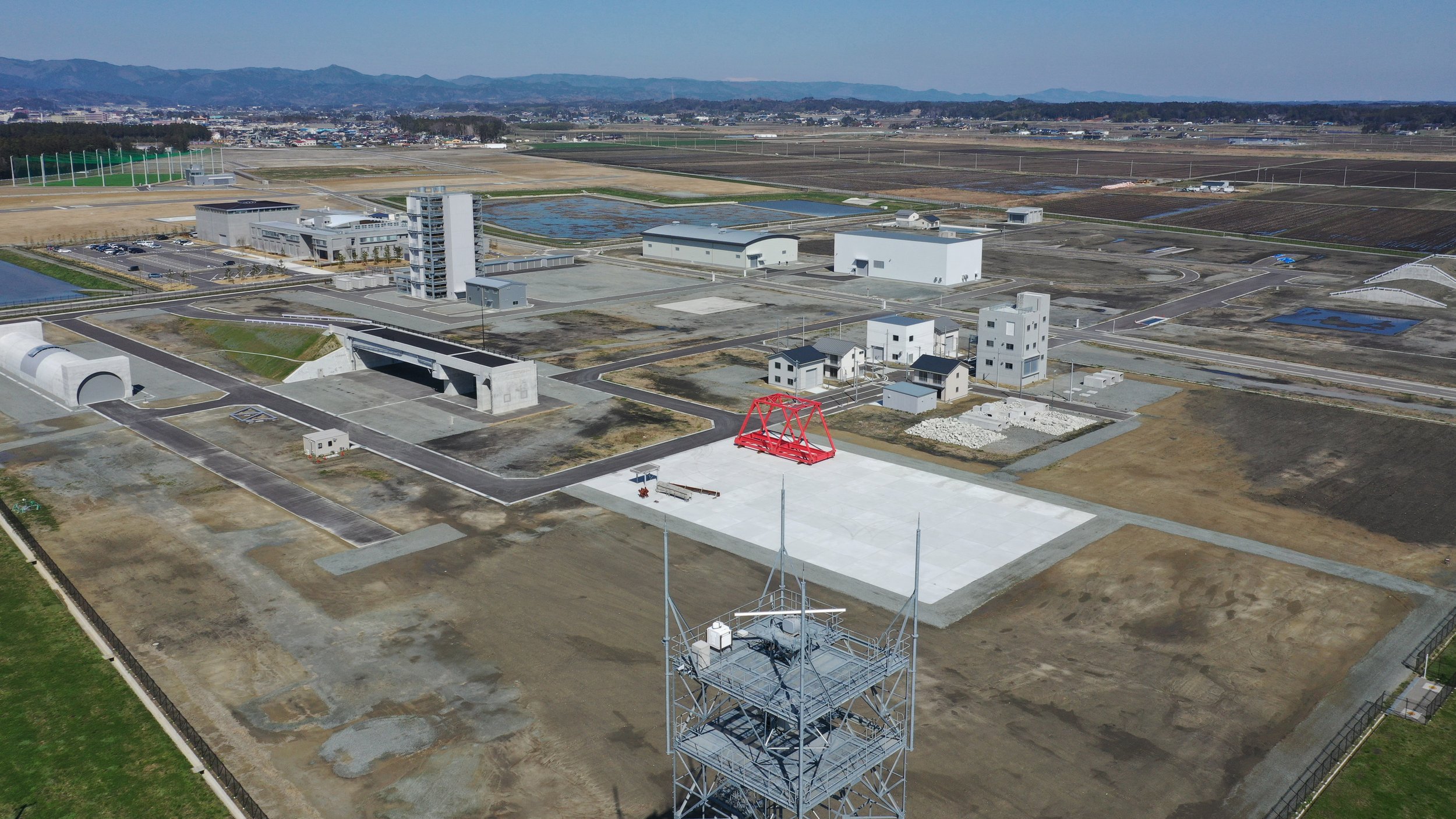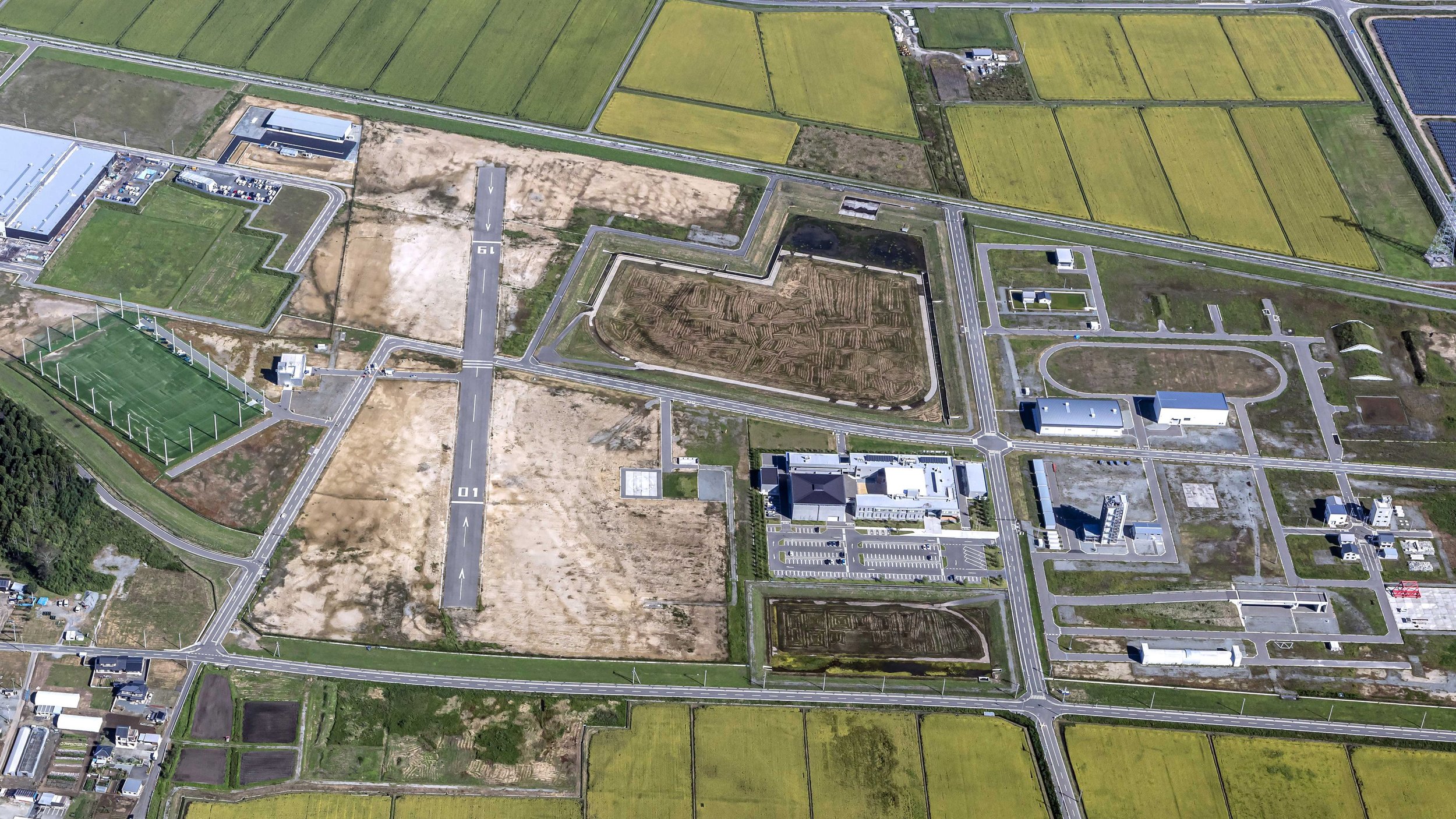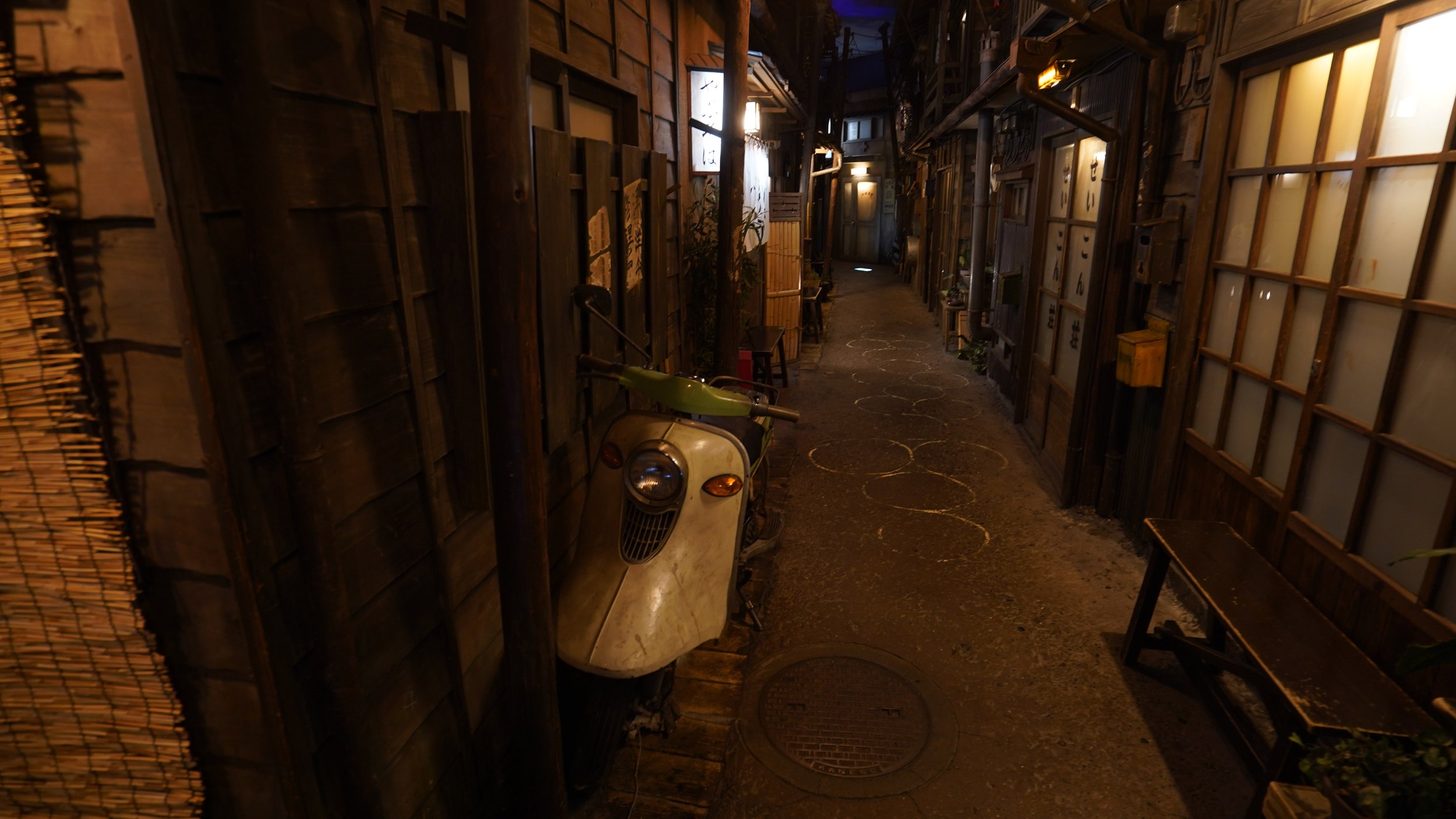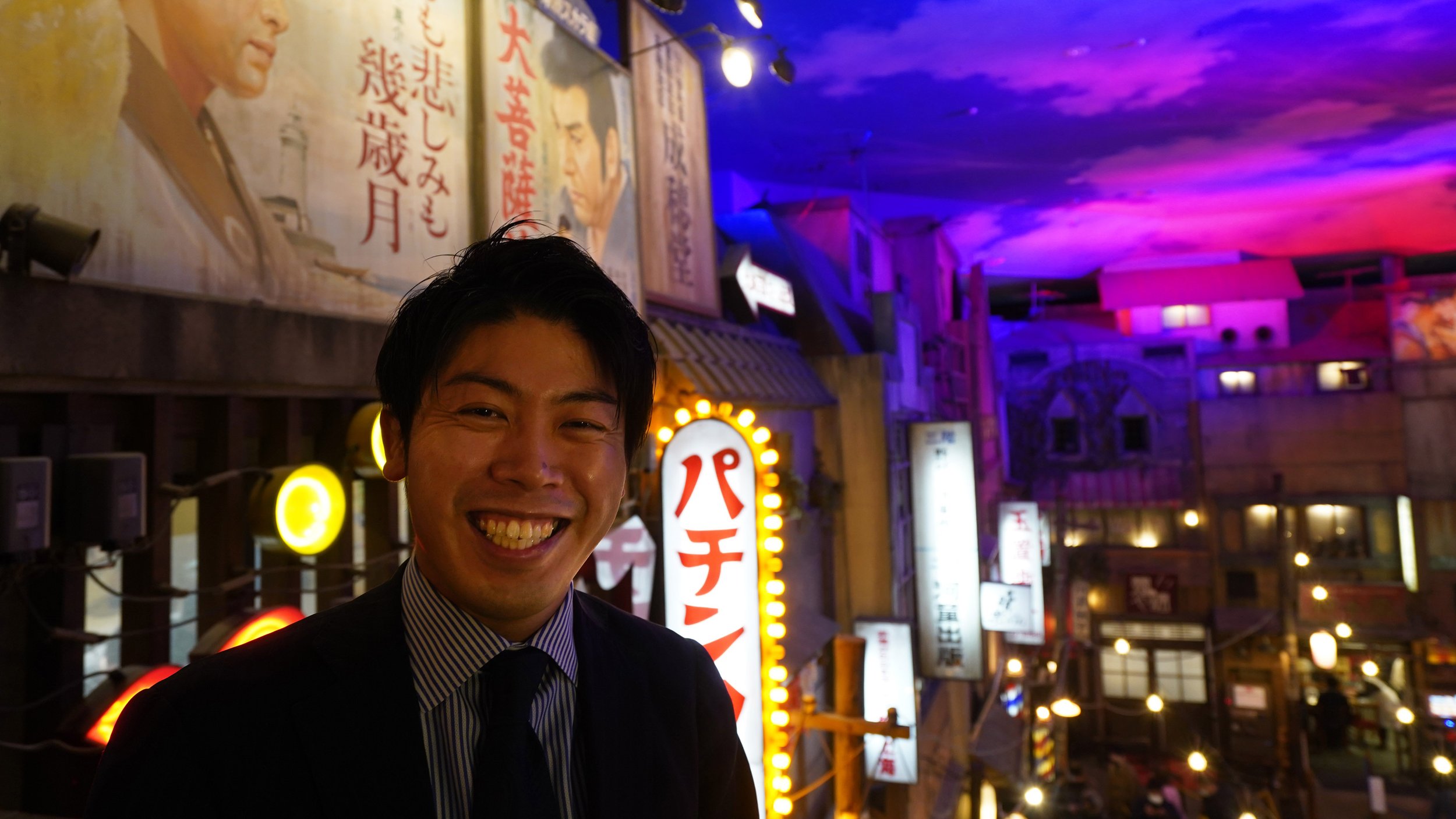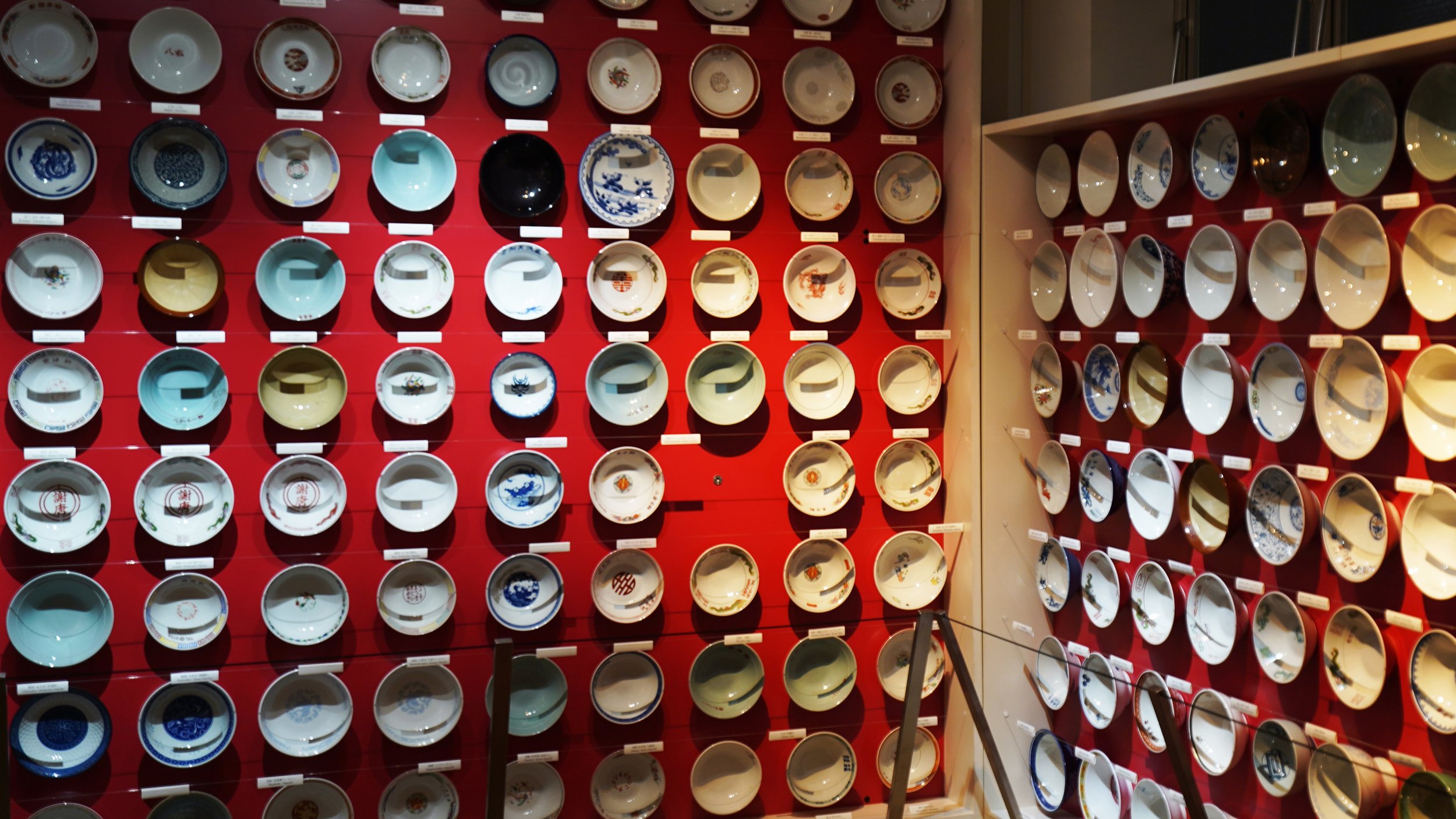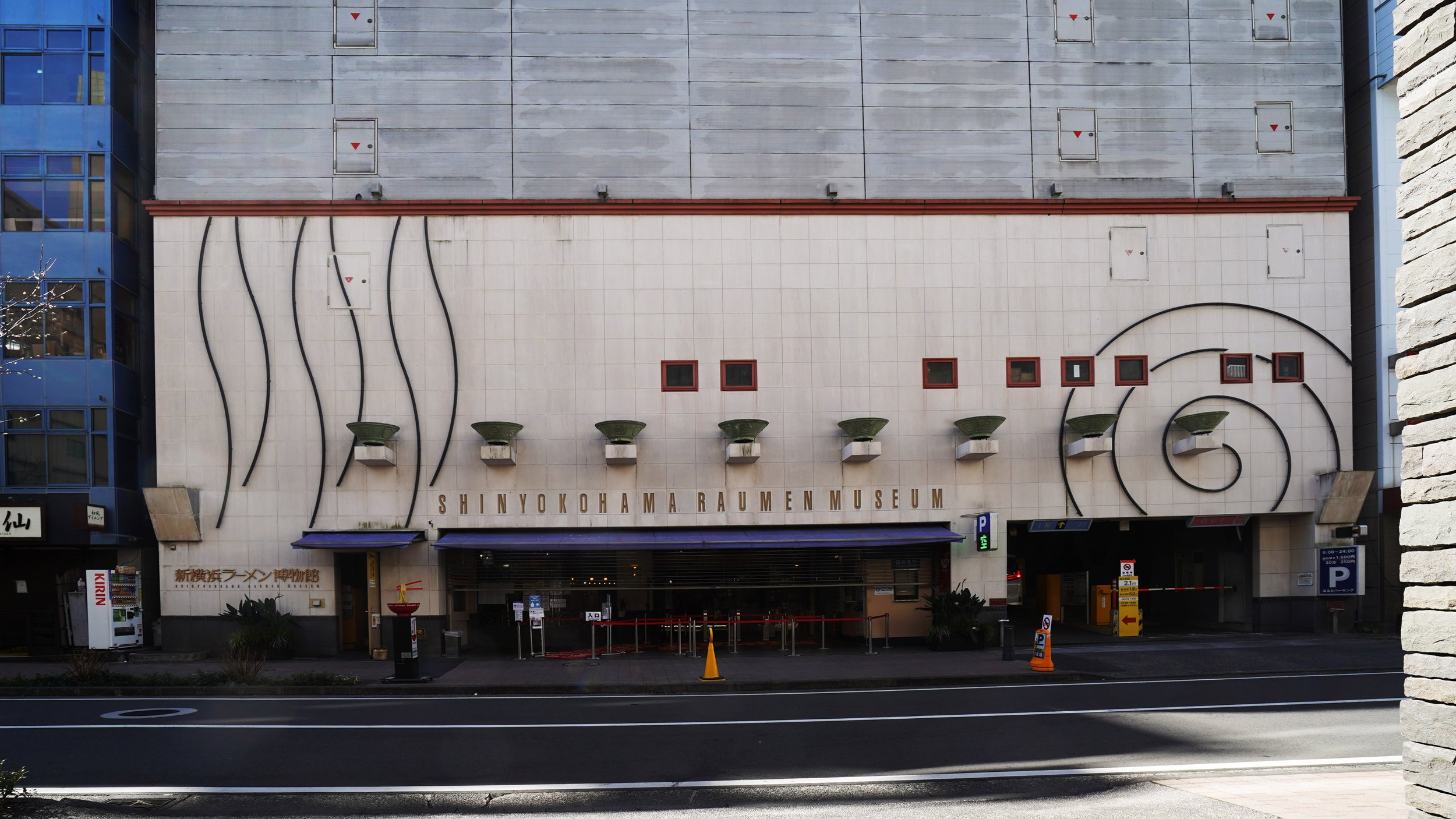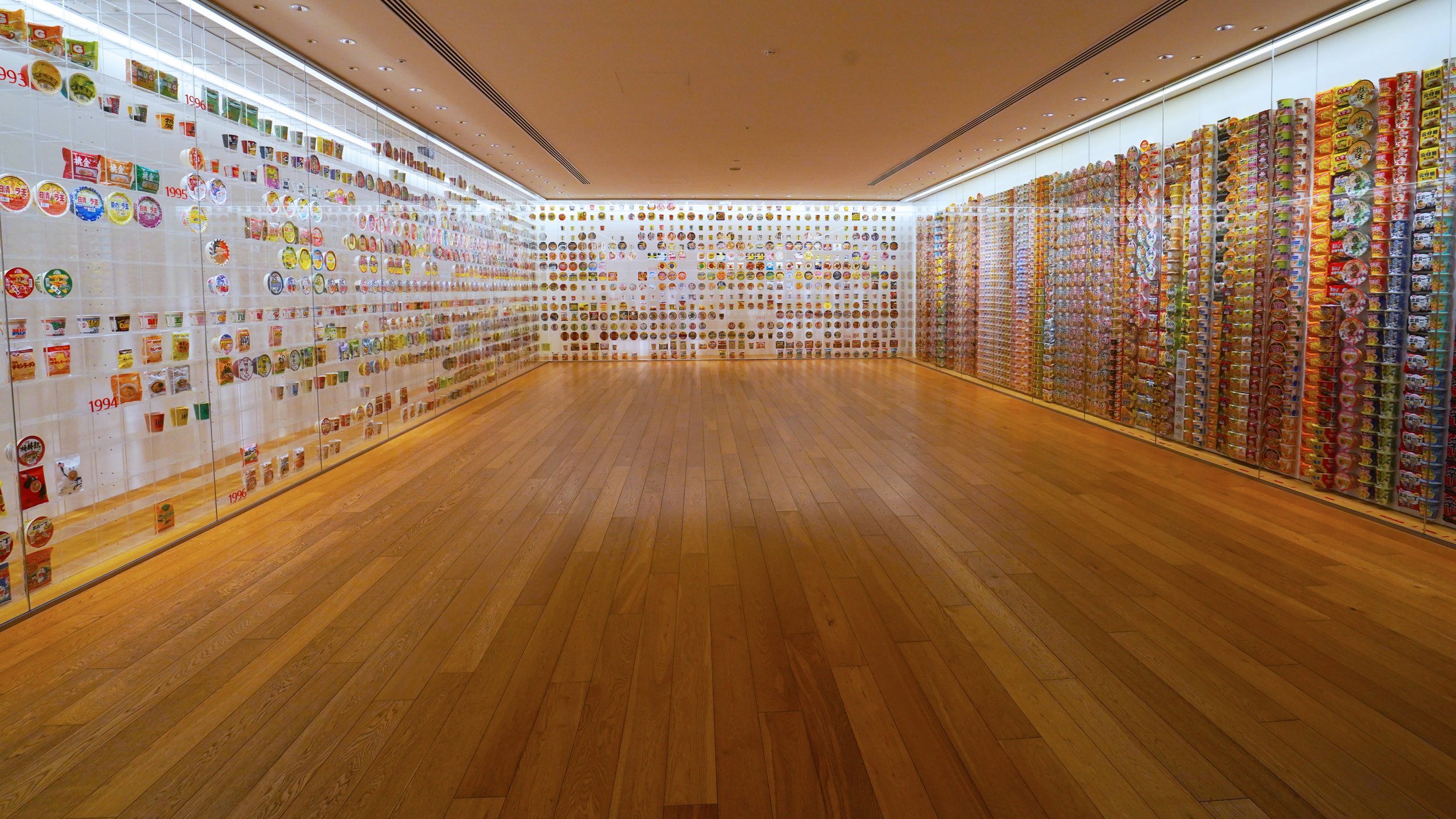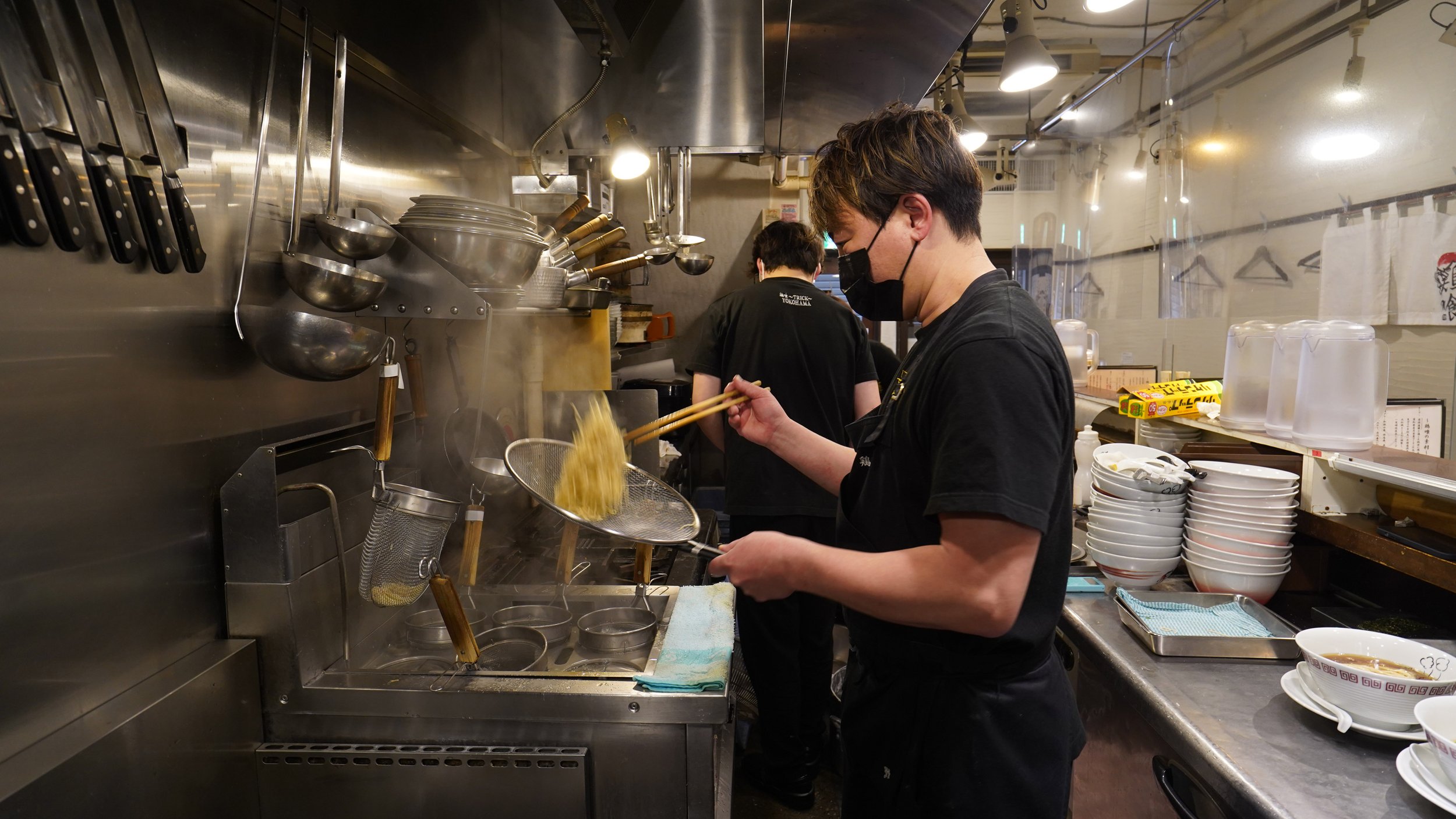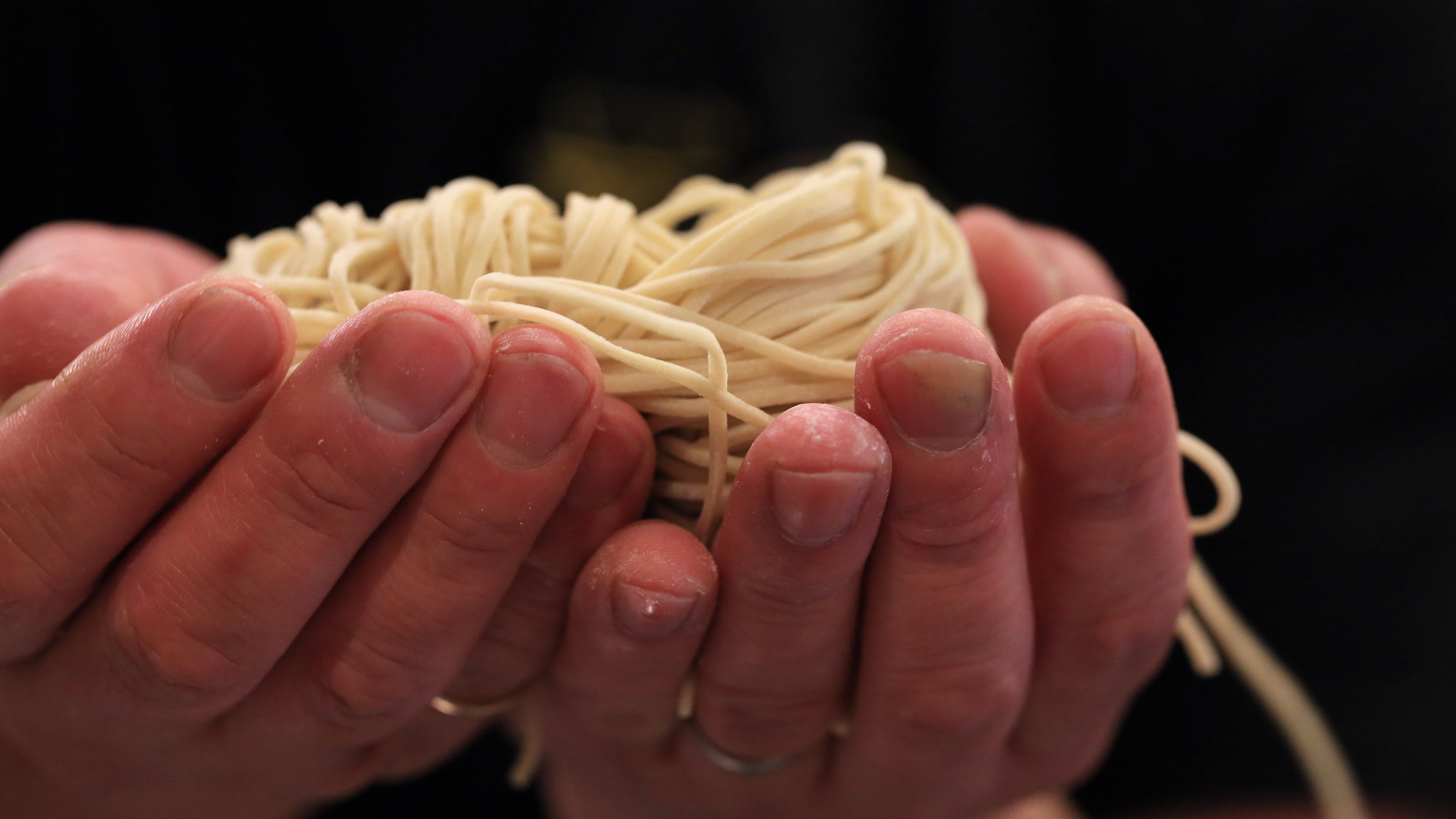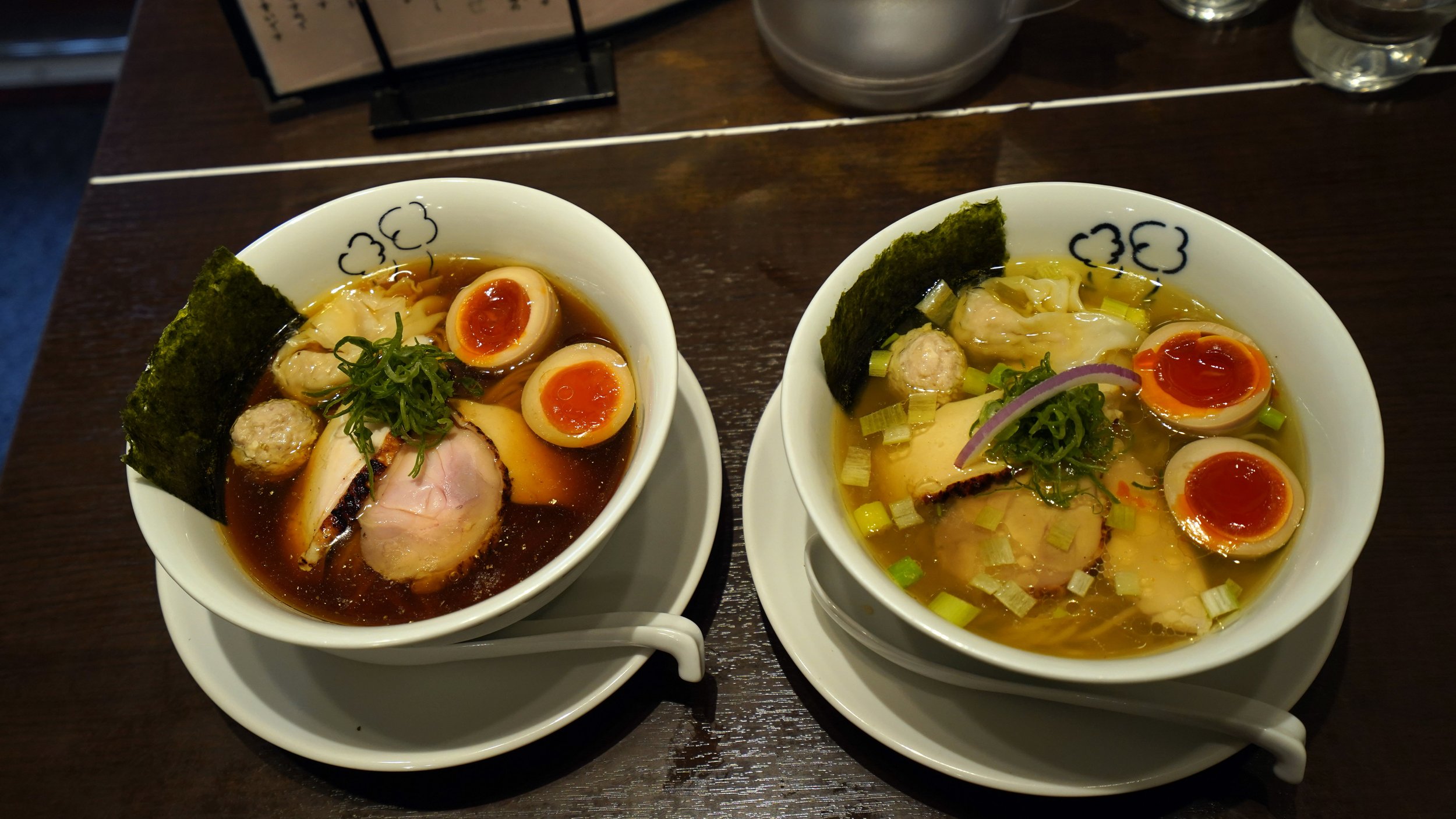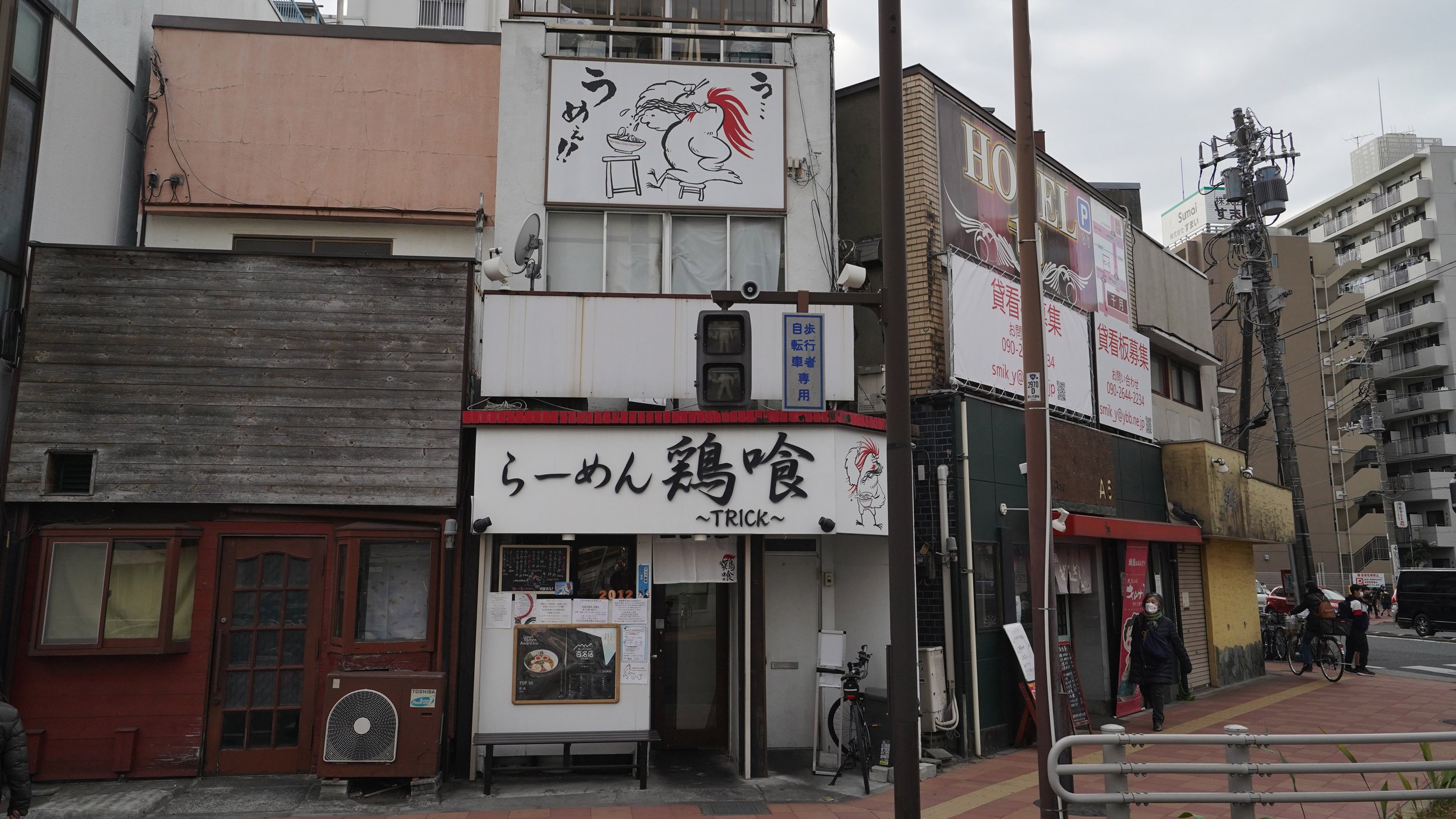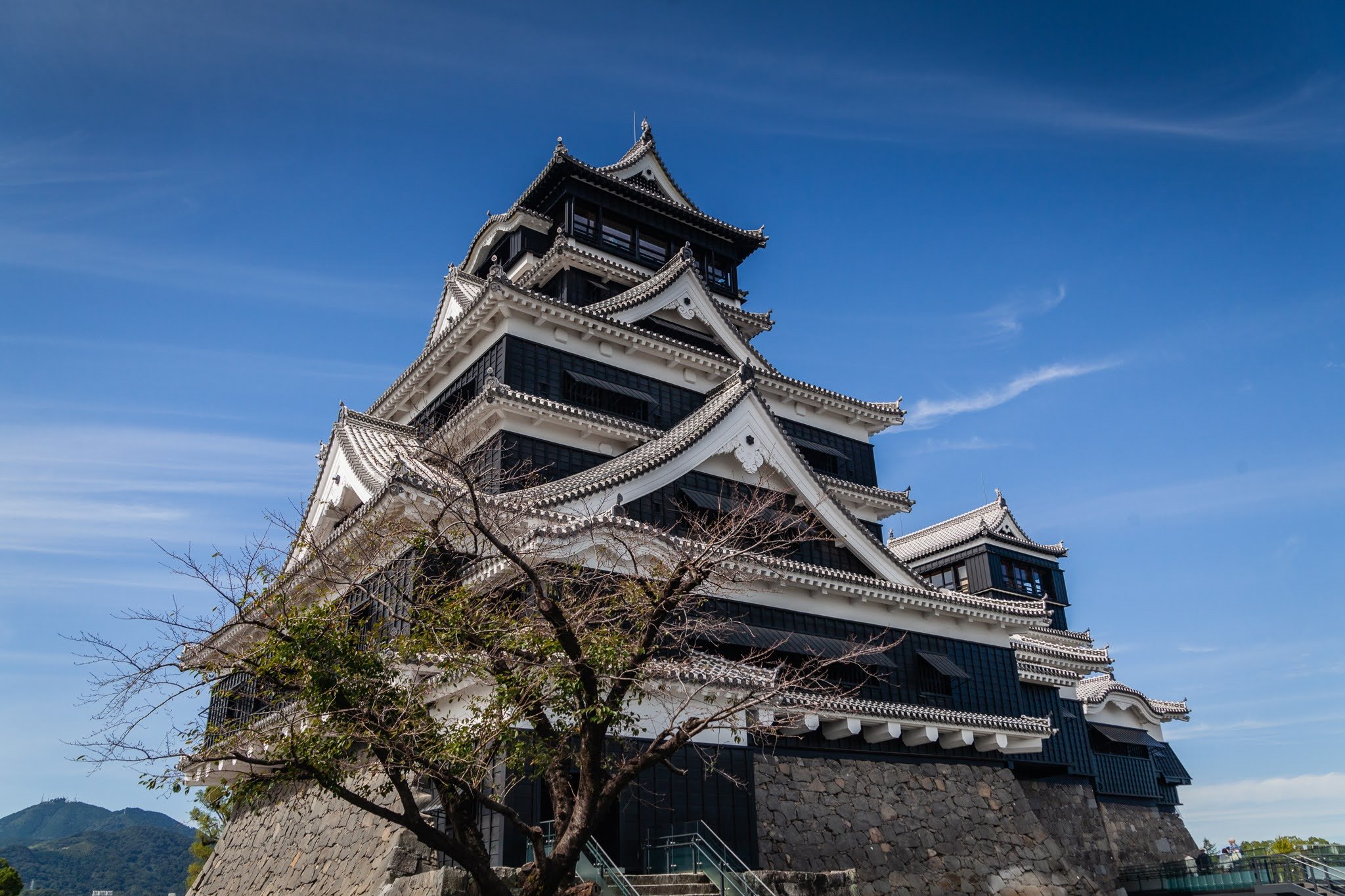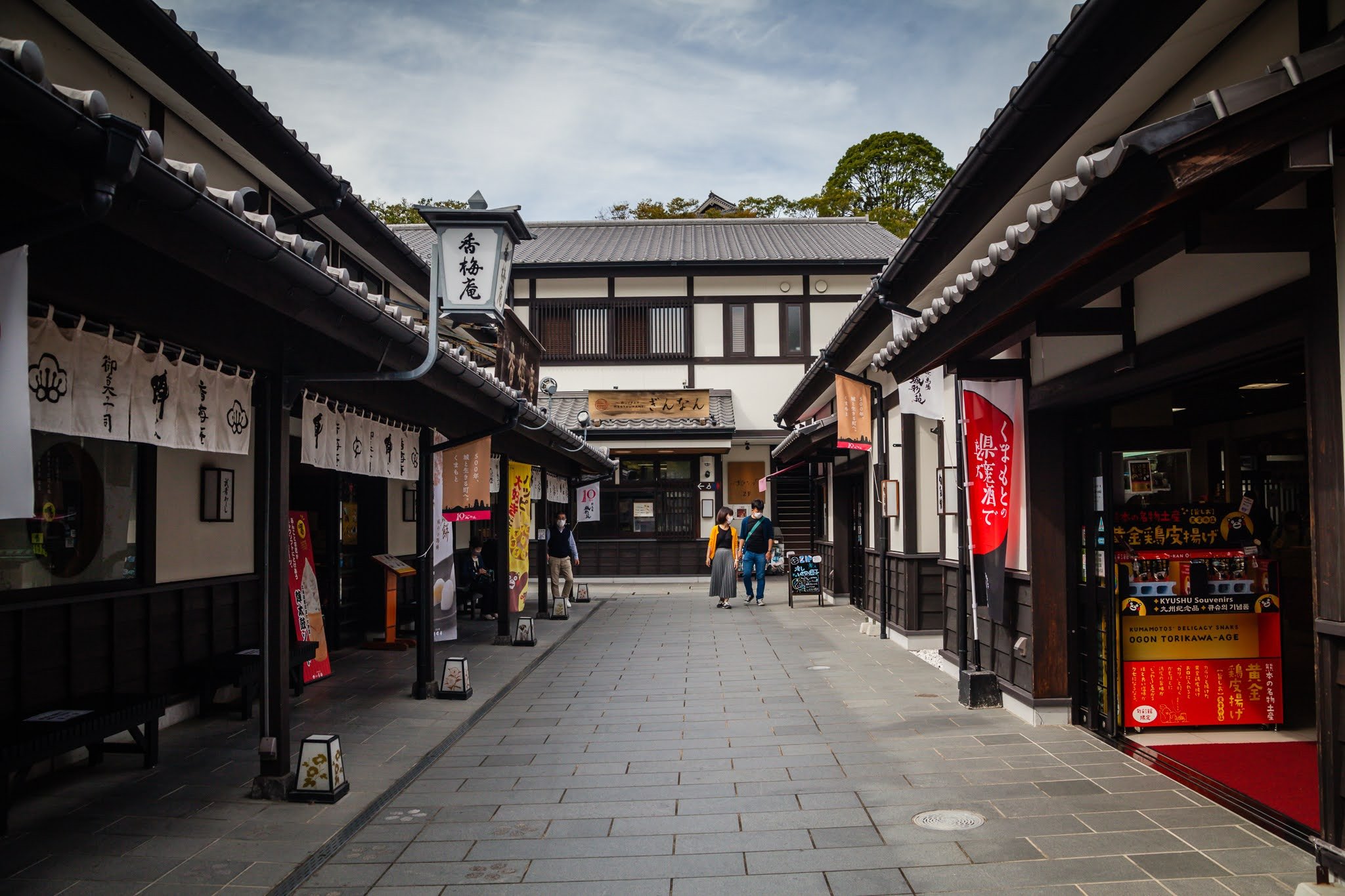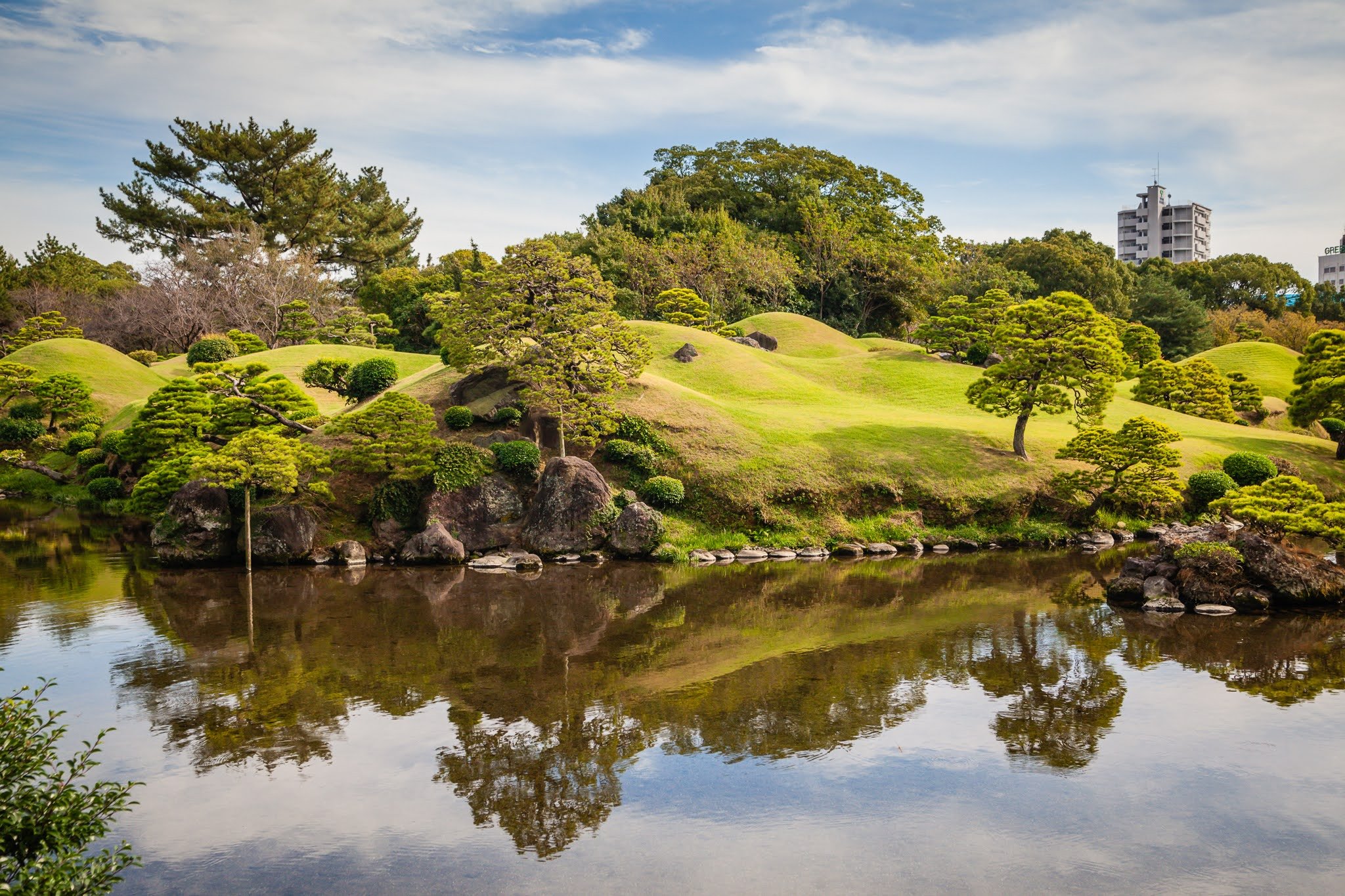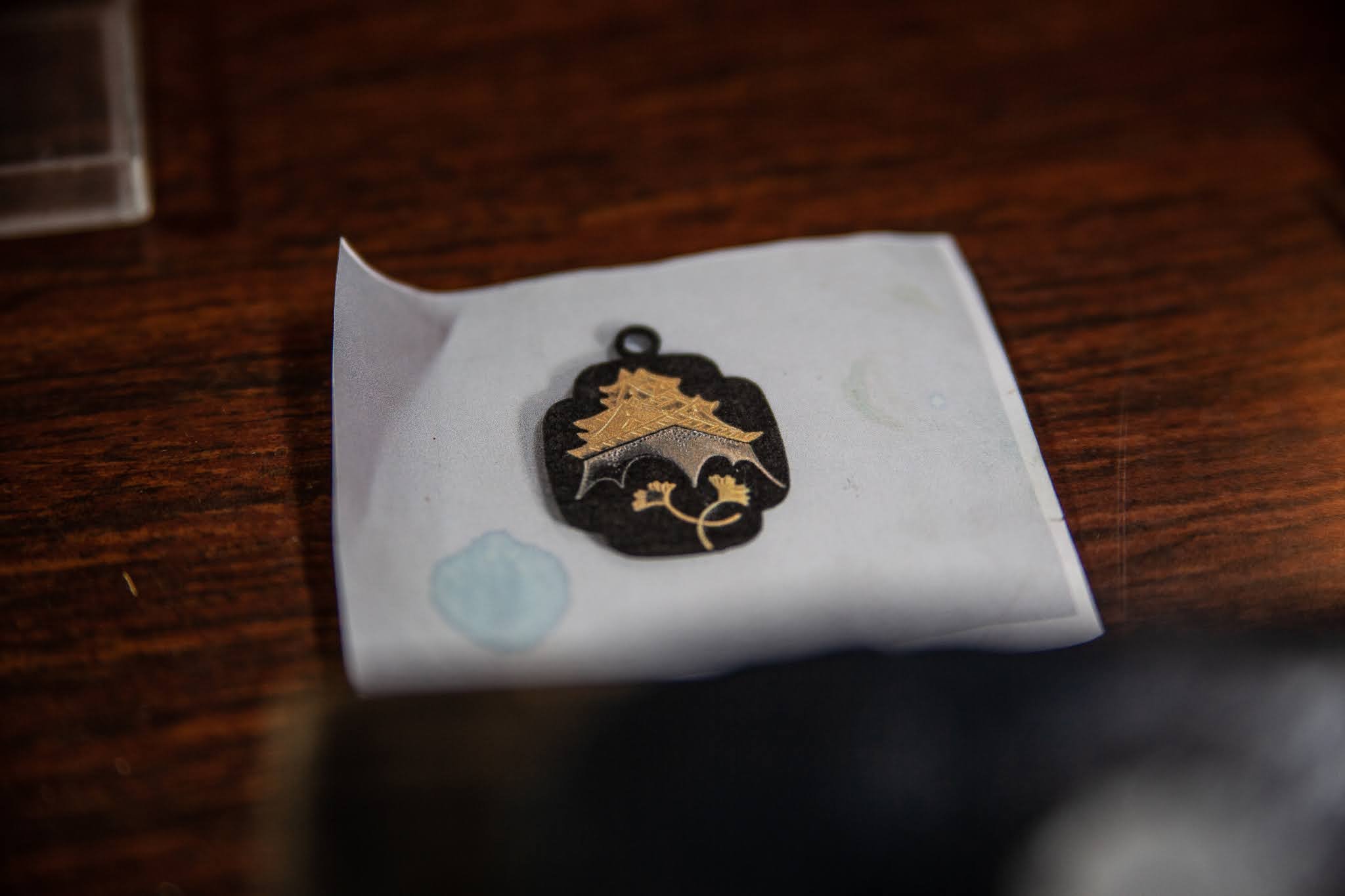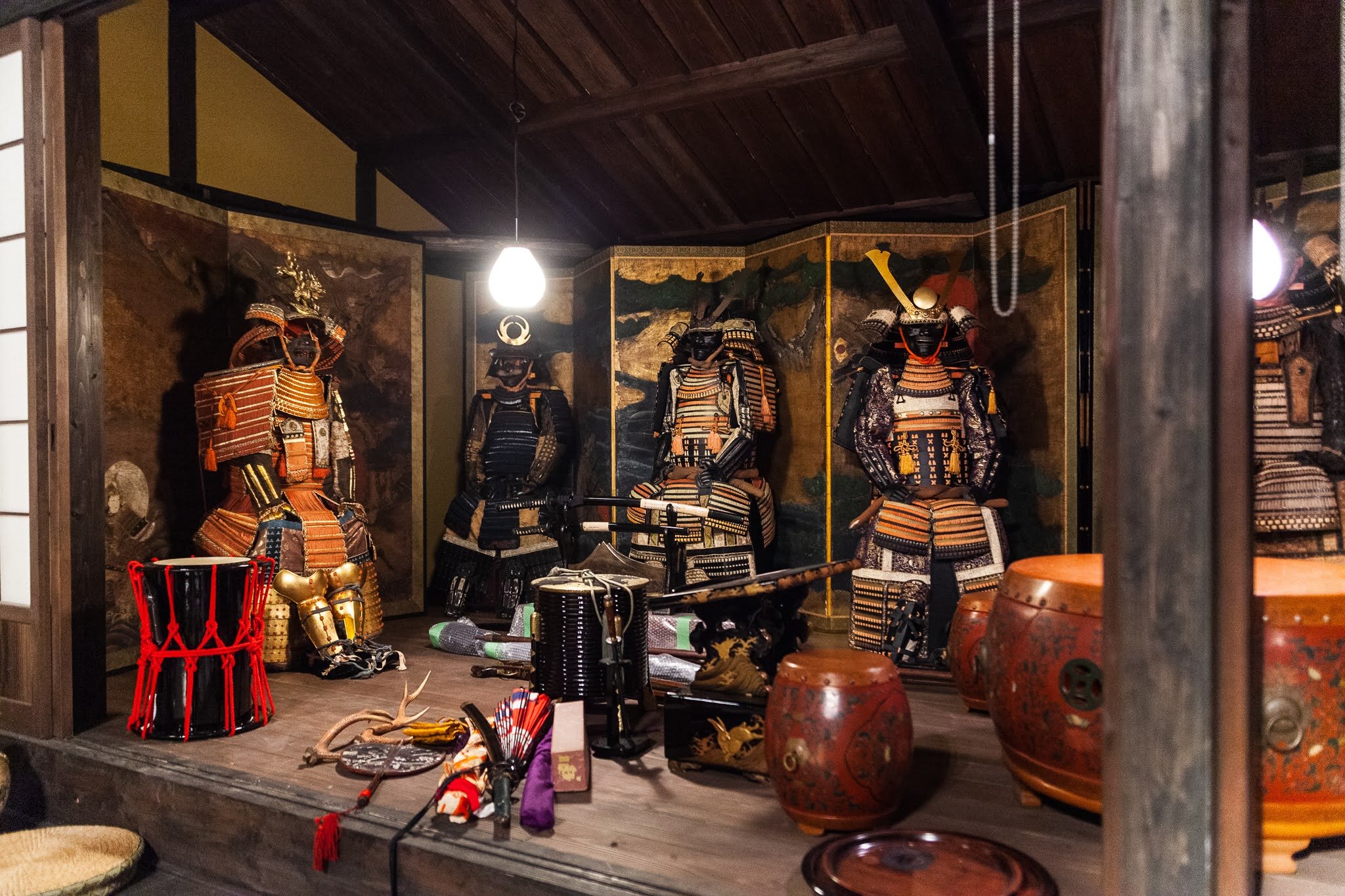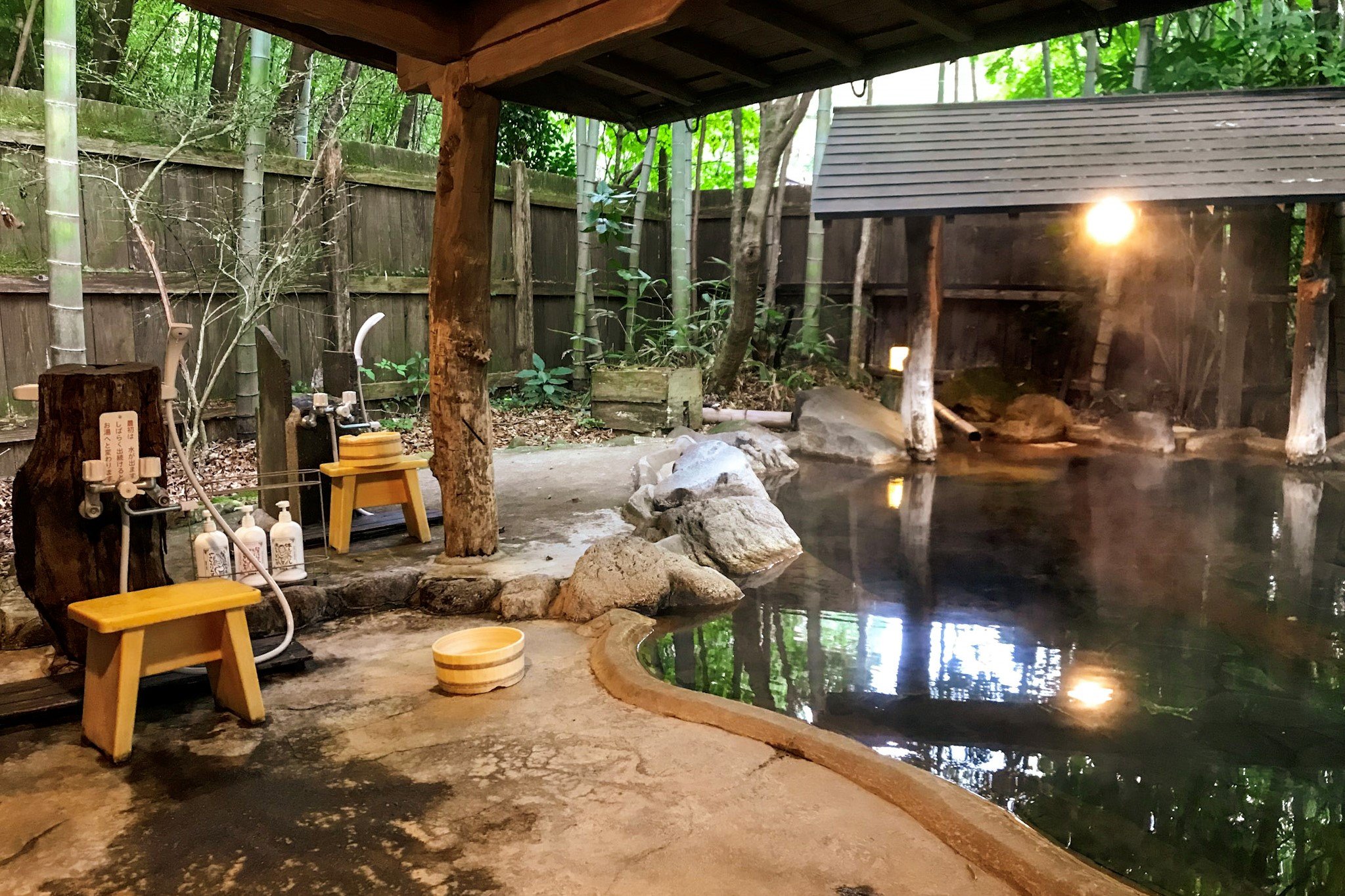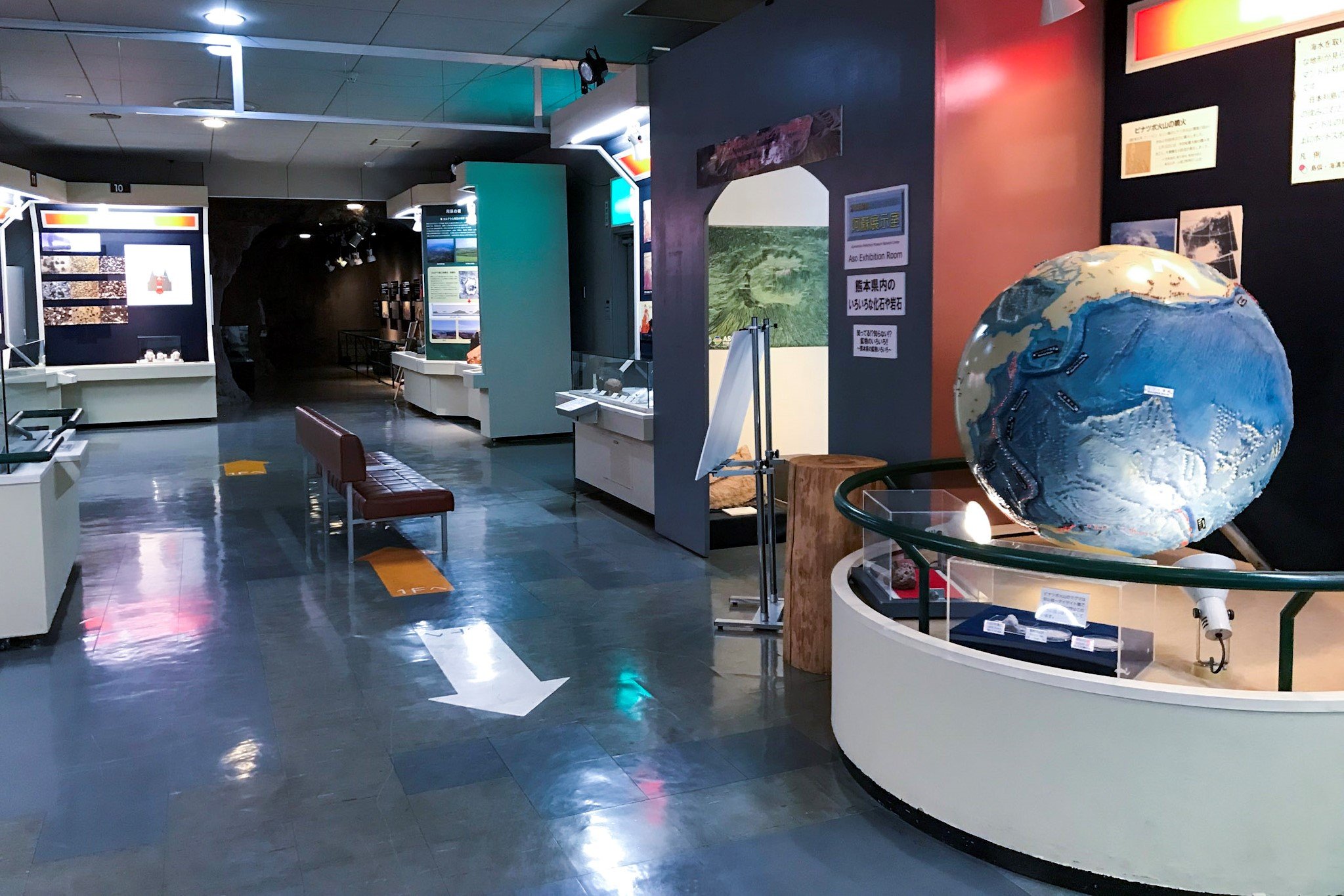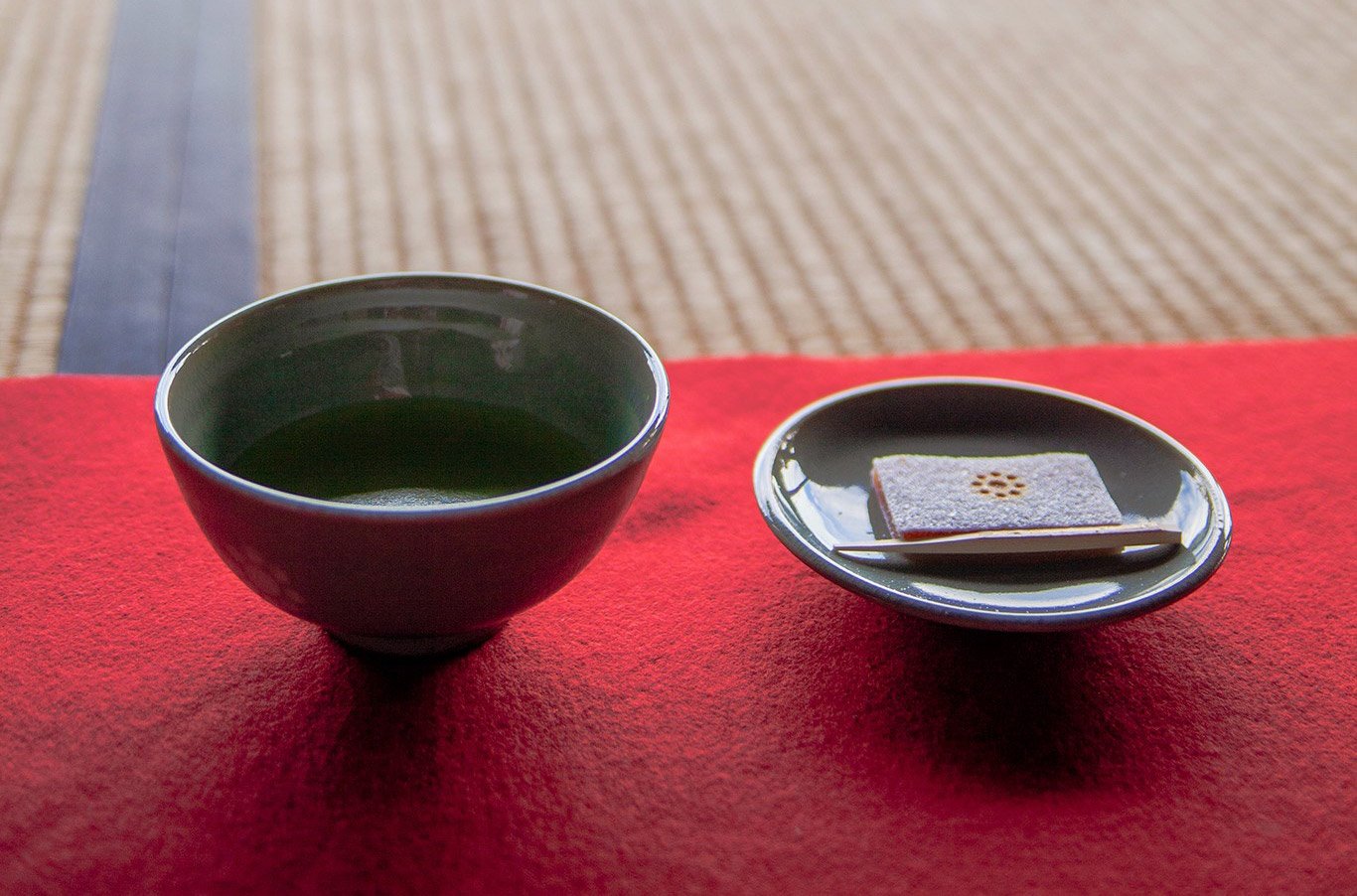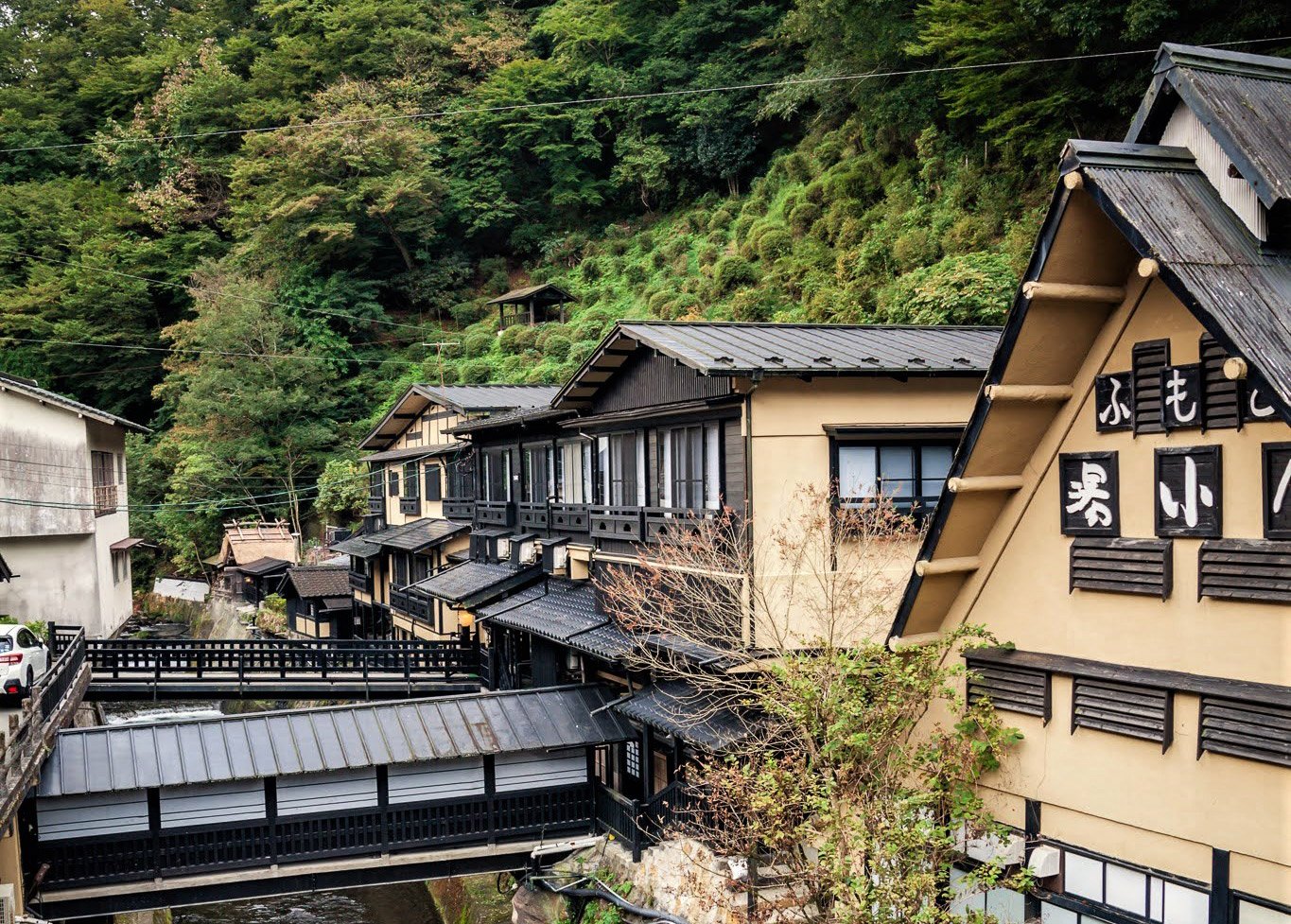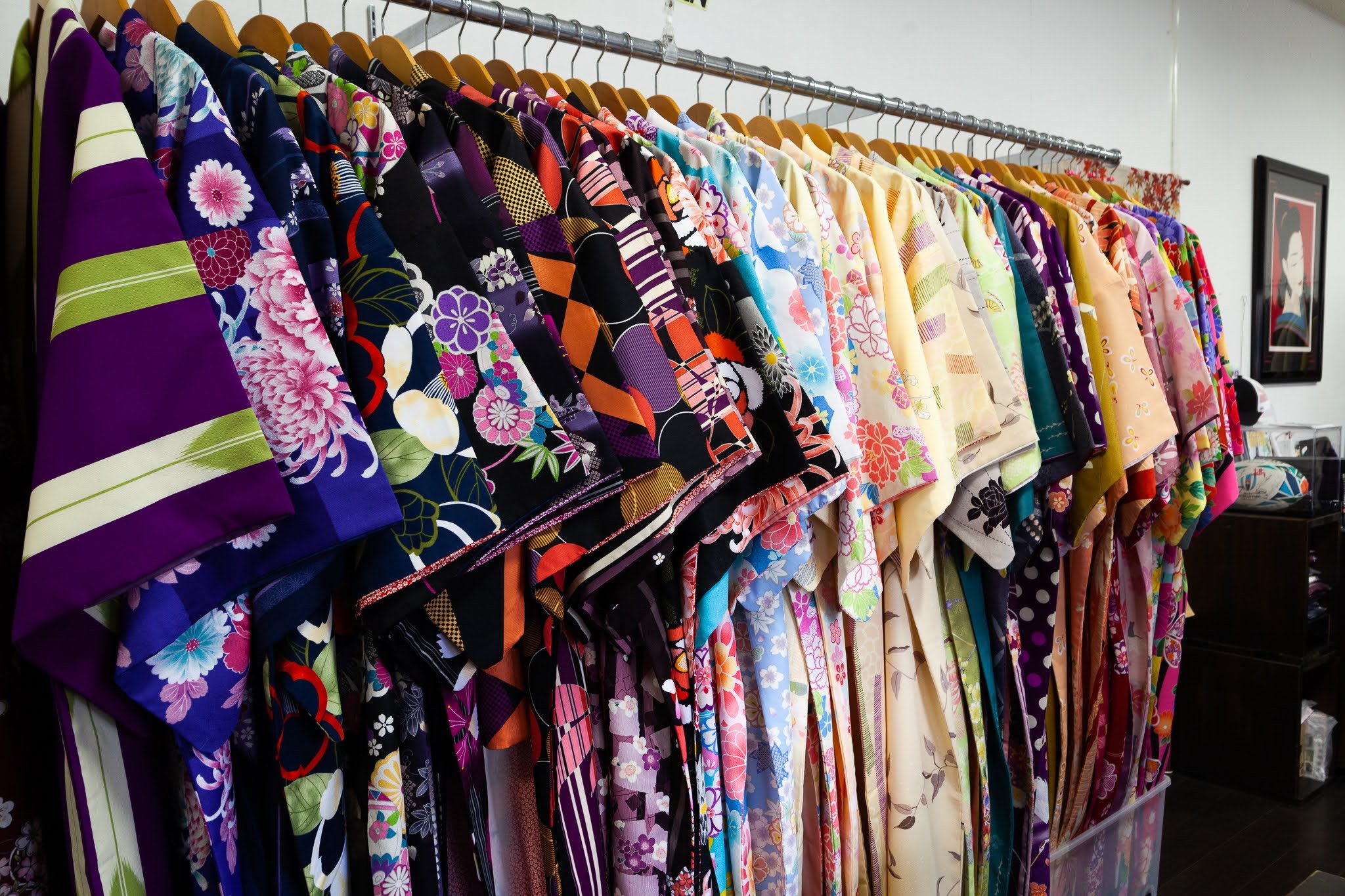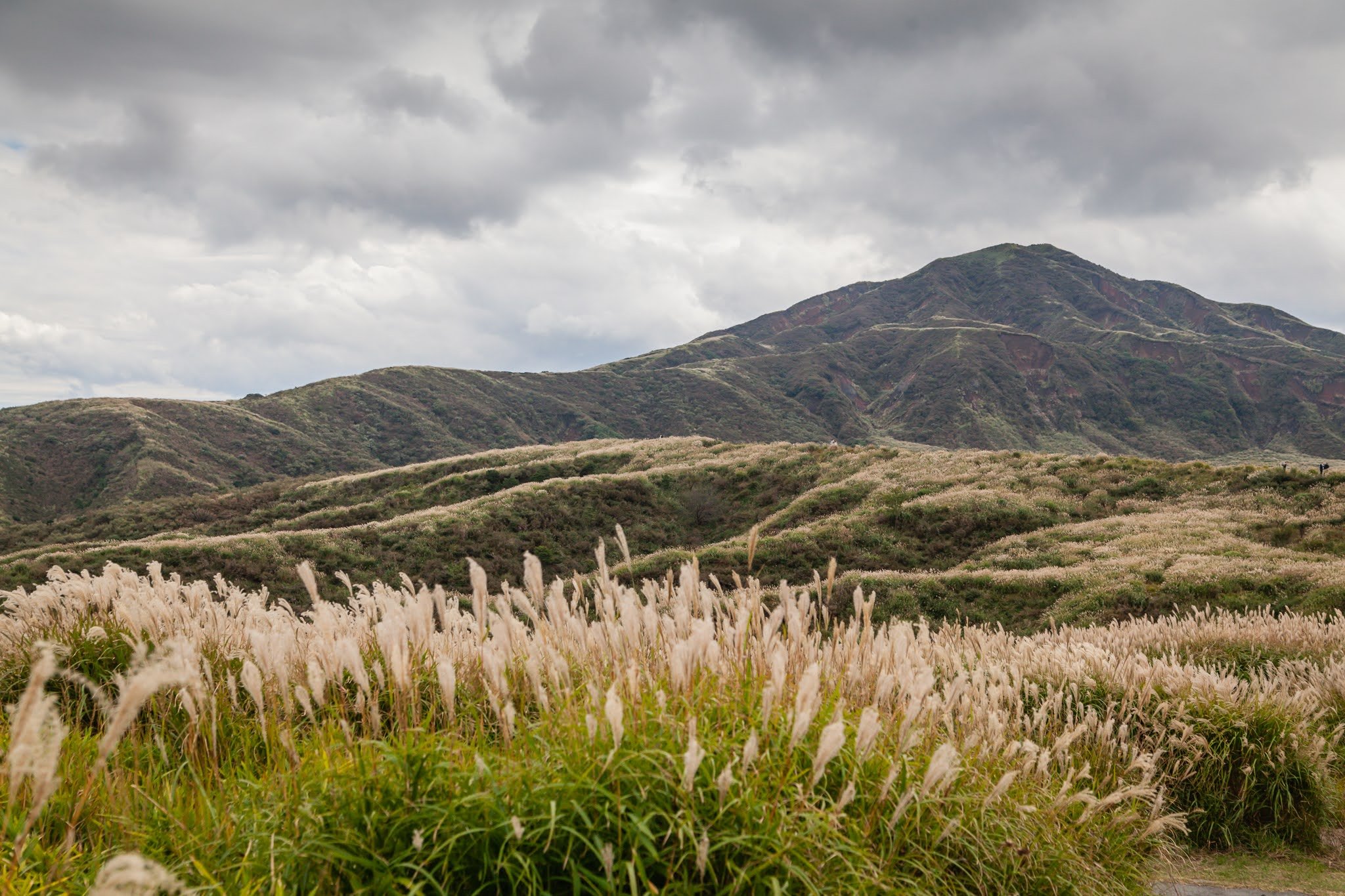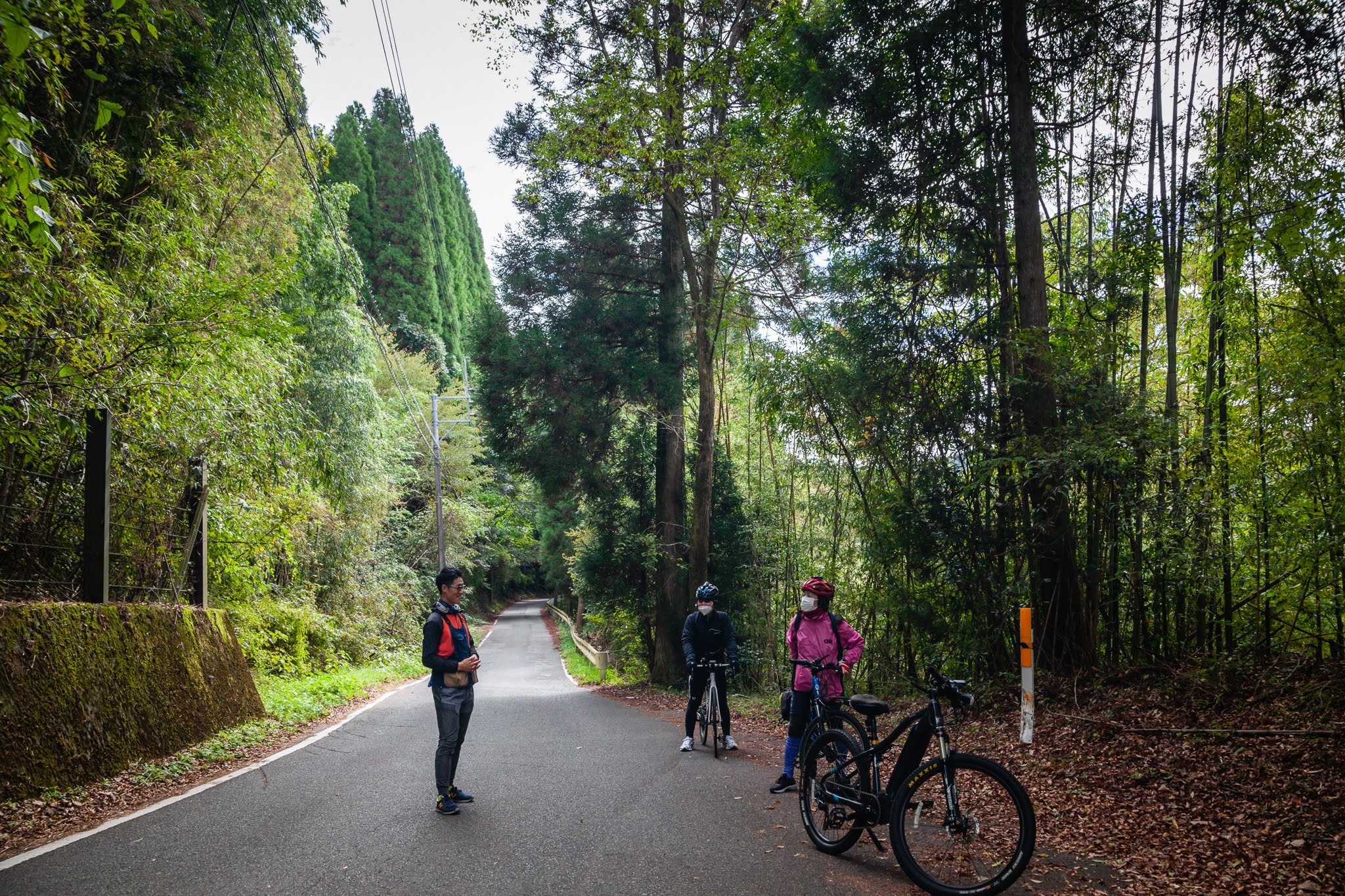Setting the Stage for Green Transformation
If renewable energy production is not doubled by 2030, power outages and energy system disruptions could become everyday affairs. To help the international community rise to what may be this generation’s greatest challenge, and to showcase some of the technologies that will assist the world in meeting it, the Ministry of Economy, Trade and Industry (METI) organized Tokyo GX (Green Transformation) Week. The 10-day event ran from September 26 to October 7.
Japan gathers leaders and experts for key conference on decarbonization
If renewable energy production is not doubled by 2030, power outages and energy system disruptions could become everyday affairs. The World Meteorological Organization’s State of Climate Services annual report, released on October 11, has found that nations around the world are far off the 7.1-terawatt target needed to keep global temperatures from rising 1.5 degrees Celsius above pre-industrial levels.
Setting 2050 net-zero goals is well and good, but it is clear even more immediate action is needed.
To help the international community rise to what may be this generation’s greatest challenge, and to showcase some of the technology that will assist the world in meeting it, the Ministry of Economy, Trade and Industry (METI) organized Tokyo GX (Green Transformation) Week. The 10-day event, which ran from September 26 to October 7, was a series of 10 international conferences focused on the many aspects of GX. The conferences covered everything from clean energy sources to carbon capture, highlighted some of the latest technological developments in a wide variety of fields, and explored joint policy frameworks in Asia.
Tokyo GX Week wrapped up a month ahead of the 2022 United Nations Climate Change Conference (COP27), which was held November 6–20 in Sharm El Sheikh, Egypt. The GX Week conferences looked ahead to the issues that this key global gathering would address. Japan will also host the G7 meeting next year, and world leaders can build on the groundwork established during Tokyo GX Week to reach ambitious and sustainable strategies that will influence the future of our planet.
Inaugural Meeting
More than 140 countries aim to be carbon neutral by 2050, but achieving this goal is no simple matter. GX offers a way forward. The strategy is a bold one, and seeks to bring about a change in economic, social, and industrial structures, so that they are driven by clean energy and spur economic growth and development through emissions mitigation.
To drive this strategy, METI hosted the inaugural Global Green Transformation Conference (GGX) on October 7, the final day of Tokyo GX Week. GGX was the first time that leaders and industry experts gathered to begin charting a path towards global GX.
The GGX addressed everything from how to incentivize the public and companies to turn to green products and services to introducing a new way to evaluate the reduction in CO2 emissions by using these products and services. It also tackled the tough questions related to establishing a more workable framework for decarbonization and rule-making that will help the whole world thrive.
Drawing the World
The conference was held in a hybrid format and more than 1,300 people attended online and in person. Given the significance of the event, it drew an impressive selection of participants. Speakers and panelists included representatives from five G7 countries, two international organizations, and 12 universities as well as research institutes and private companies.
Keynote speeches were delivered by prominent speakers from around the world:
- Shinichi Nakatani, state minister of METI
- John Kerry, special presidential envoy for climate from the United States
- Peter Bakker, president and chief executive officer of the World Business Council for Sustainable Development (WBCSD)
- Frans Timmermans, executive vice president of the European Commission
- Mathias Cormann, secretary-general of the Organisation for Economic Co-operation and Development
- The Right Honorable Lord Callanan, parliamentary under secretary of state (minister for business, energy, and corporate responsibility) of the United Kingdom
- Fatih Birol, executive director of the International Energy Agency
In his keynote address, Nakatani pointed out that the time for the world to act is now and highlighted some of the ways in which Japan has set a rigorous path for itself.
“First, by the end of the year, we will formulate a 10-year roadmap for GX investment, which aims to realize ¥1.1 trillion in investment through public–private sector cooperation over the next 10 years,” he explained. “Second, we will establish the GX League, a voluntary emissions trading framework for companies with ambitious reduction targets, which will be fully operational by 2023. And third, we will promote transition finance in the industrial sector, particularly high emissions industries.”
State Minister Shinichi Nakatani delivers his keynote address.
Nakatani also introduced the key topic of “mitigation contribution”—a means of evaluating the positive effects of a company’s influence on decarbonization that may lie outside its supply chain or national boundaries. The topic was subsequently referred to as “avoided emissions” at COP27. He explored this by presenting the example of a company selling heat pumps. If inefficient gas heating systems are replaced by efficient heat pumps the company produces, this may lead to a reduction in total global emissions. However, the company’s own emissions may rise due to the increased production of the heat pumps. While such a company is positively contributing to global emission reduction, it may be criticized for increasing emissions. This does not undermine the crucial importance of emission reduction from the company, but clearly indicates the need to recognize a new perspective.
Currently, mainstream frameworks focus on the reduction of greenhouse gas (GHG) emissions of a specific organization or entity, and it is key to continue to support the efforts based on these frameworks. But if a mechanism can be created to appropriately value avoided emissions, and resources such as finance can be directed to entities that are promoting these efforts, it will encourage the diffusion of green products and services and promote the achievement of net-zero emissions through economic growth.
Avoided emissions are being explored in the private sector through international partnerships, but if governments begin to support the concept and encourage more companies to incorporate it in their decarbonization efforts, it can lead to greater innovation across a wide swath of industries.
Looking ahead to the G7 in Hiroshima next year, Nakatani was optimistic.
“While each country has its own position, Japan will support the world’s GX while furthering international goals so that developing and developed countries will work in unison to promote initiatives that transcend barriers,” he said.
The G7 and other international forums will also offer the Japanese government opportunities to further discuss and refine the avoided emissions concept.
In his initial remarks, Peter Bakker put the task of the conference in stark relief, given the need to develop a strategy to combat climate change.
“We need full-fledged system transformation … We need to change everything,” he said. “The energy we use, the food we eat, the transport solutions that we look for. Therefore, being here at the Global Green Transformation Conference is a unique opportunity to engage with all of you about what needs to happen.”
First Movers
GGX was also groundbreaking because it marked the first event in Asia for the First Movers Coalition (FMC) of the World Economic Forum (WEF). The coalition was launched in November 2021, following COP26, with a distinct aim to decarbonize key economic sectors—such as materials and long-range transportation—which are critical to organizations around the world, but which generate 30 percent of annual GHG emissions.
More than 50 companies are members of the FMC and, as Nancy Gillis, program head for Climate Action and the FMC with the WEF, explained, their participation sends a message.
“When a company joins the First Movers Coalition, what they are doing is signing a demand commitment,” she explained. “That means that they are making a commitment to buy products and services [as] they do now. But instead of buying the products and services that they’ve bought historically, they choose those with more GHG emissions consequences.”
Gillis said the FMC is a natural fit for Japan, given the country’s dedication to innovative, green technologies. She added that transportation company Mitsui O.S.K. Lines, Ltd. made an ideal member of the FMC, and its commitment to decarbonization can drive innovation in many fields. Toshiaki Tanaka, the company’s representative director and executive vice president, explained that the time was right to join the coalition: “What we need now is to take concrete actions to reduce our value chain emissions. But at the same time, we are going beyond the value chain and taking urgent action to mitigate emissions outside of our value chain by supporting emerging [carbon dioxide removal] technologies. Therefore, we decided to take part in the First Movers Coalition, a platform where we can leverage our collective purchasing power to develop and scale zero carbon technologies.”
From left: Nancy Gillis, Shinichi Nakatani, Acting Deputy Chief of Mission for the US Embassy in Japan Philip Roskamp, and Toshiaki Tanaka at the FMC in Japan panel discussion.
Towards a Greener Society
Other panel discussions during GGX tackled the ways in which GX can be implemented in markets, the setting of standards, and international cooperation. “Designing a Green Market” explored methods for reducing emissions from the perspectives of supply and demand. Panelists agreed that there is no single policy that will lead to net-zero GHG emissions, but that it is necessary to create an environment which leads to the greater diffusion of green products.
The topic of avoided emissions was a recurring theme during the conference, and in the panel discussion “Standards and Evaluations Promoting Green Products/Services,” participants explored it in detail. They concurred that it is important to expand evaluation frameworks beyond the reduction of supply chain emissions to consider how countries and companies are helping cut GHG emissions through indirect means.
One key point that needs to be addressed when it comes to avoided emissions is to which products and sectors efforts can be applied. Participants in the discussion brought up the idea that it is important to establish clear differences between avoided emissions and existing GHG protocols and nationally determined contributions (NDCs), because the concept’s importance lies in additionally evaluating the contribution to global emission reduction, rather than undermining the efforts of a company to reduce its own emissions.
Panelists also pointed out that it is necessary to establish a strict method for evaluating avoided emissions. For example, subtracting avoided emissions from NDCs and Scope 1–3—that is, a company’s direct and indirect emissions—would be a form of greenwashing, and should be avoided when establishing these guidelines.
Finally, in the panel discussion “International Cooperation for Developing a Green Society,” participants delved into the thorny topic of working across borders to develop decarbonization strategies. The participants pointed out the importance of recognizing each country’s circumstances in setting cross-border policies. Considering the increasing dichotomy between the positions of developed and developing countries, the importance of developing a society which realizes both economic growth and emission reduction was also raised as an important topic. Business is an important enabler for these societies, and frameworks such as the Joint Crediting Mechanism—a system by which developed nations collaborate with developing nations to reduce greenhouse gas emissions—and business in adaptation could offer win–win actions for both developed and developing countries.
Following on the insightful conversations at GGX, METI hosted an event at COP27 about avoided emissions. During the session, the WBCSD—which founded the Scope 1–3 standards—gave an overview of their developing guidance for the concept. METI has also included countries such as the United Arab Emirates, host of COP28, and the United States, as well as representatives of the financial sector, including members of the Glasgow Financial Alliance for Net Zero, in the discussion.
Conversations that began at GGX are expanding to a wider group of stakeholders, and next year, when Japan hosts the G7 meeting, METI will escalate the dialogue on these key issues that will help future generations live on a greener Earth.
Tax and Trends
Yamada & Partners can help non-Japanese better understand how their assets are taxed and assist them in reducing their tax liability while accurately reporting income and assets.
Understanding Japan’s asset-related taxation system and shifts in audits
Understanding how income and assets are taxed in Japan can be a challenge for anyone, whether citizen or non-Japanese resident. And for those with significant wealth, investments, and real estate, a lack of understanding can lead to higher-than-expected taxes. Finding your way around the meshwork of regulations and calculations can be difficult, however, as most documents published by Japan’s National Tax Agency are only available in Japanese. Likewise, filings must be done in Japanese.
Yamada & Partners can help non-Japanese better understand how their assets are taxed and assist them in reducing their tax liability while accurately reporting income and assets.
“The tax system in Japan is one of the most complex in the world,” said Saori Koiso, an Osaka-based certified public accountant and senior tax manager with Yamada & Partners. The firm, founded in 1981, specializes in international tax consulting, inheritance and real estate, and tax compliance, among other services. Koiso hosts the webinar which covers:
- Individual income tax
- Inheritance tax
- Gift tax
- Audit trends
Individual Tax on Financial Investments and Real Estate
Individual income tax in Japan ranges from 15.105 to 55.945 percent. In the webinar, Koiso explains the brackets, deductions, and how capital gains, foreign assets, and real estate are taxed.
Capital gains derived from the sale of land and buildings are taxed separately from other income, and at different rates depending on whether they are considered short- or long-term. Various other factors, such as location of the property, residency status of the owner, and how the lessee uses the property also play a role.
Assets and liabilities—both domestic and foreign—must also be reported. The value of those assets at the time of taxation could be impacted by the international currency market, which has seen great turmoil with regard to Japan in 2022. On October 20, the Japanese yen slipped past ¥150 against the US dollar for the first time since August 1990, and there are warnings that it could slide to ¥170. This dramatic shift in currency value can have a significant impact on taxation for those who hold financial assets or own real estate overseas.
Understanding value thresholds and who must report what, and when, can make a big difference in minimizing the chance of an audit and avoiding penalties for misreporting. In the webinar, Koiso explains the key points of the system.
Inheritance Tax
Planning for the future is also important, but can be tricky when dealing with an unfamiliar system and language. If you live in Japan and continue living here, and one day pass away here, then your family members will be responsible for paying inheritance tax in Japan.
Japanese inheritance tax rates are among the highest in the world, Koiso said, in some cases reaching 53.2 percent. Understanding the rules that determine this amount is vital to minimize the impact, but can be difficult when most documents explaining the system are only available in Japanese.
Yamada & Partners’ on-demand English webinar will help you understand the rules contained in these documents.
An important thing to note is that individual heirs are taxed rather than the estate itself, as is done in the United States and many other countries. What’s more, the scope of the tax depends on a variety of factors, including:
- Whether or not the heir lives in Japan
- The heir’s visa status
- The nationality of both the heir and decedent
Another factor that has been used to determine inheritance tax liability is the period of residence, but changes were made to this in the 2021 tax reform. Under the new rules, those who have maintained a domicile in Japan for fewer than 10 of the past 15 years are only taxed on assets located in Japan rather than worldwide, as was the case before. This applies to particular types of visas, as defined by the Immigration Control and Refugee Recognition Act, but many categories are applicable to American Chamber of Commerce in Japan members, including investor/business manager, legal/accounting services, researcher, and intracompany transferee.
Also important to consider are ways to ease the process for a spouse or children left behind. Japan has rules which differ from those of the United States and other countries, and inheritance tax in Japan is calculated in accordance with the statutory inheritance ratio set forth in the Japanese Civil Code. And because there is no probate system in Japan, transferring money from a bank account can be complex for heirs if there is no will.
There are many more complexities to navigate when planning for the eventual inheritance tax, and this on-demand English webinar will help you better understand the rules and plan accordingly.
Tax Audit Trends
There have also been changes in how the National Tax Agency approaches audits. Due to the growing diversification and internationalization of asset management, the agency has increased active investigation of high-net-worth individuals with an eye towards overseas assets. Those with significant securities, real estate investments, and particularly high ordinary income have been on the radar.
The number of incorrect declaration cases grew each year from 2016 to 2019 before dropping in 2020 due to the coronavirus pandemic curtailing investigations. Of the 4,463 audits of personal income tax filings by wealthy individuals conducted in 2019, incorrect declarations were found in 3,837. The average amount of underreported income per case was ¥17.67 million and additional tax levied was ¥5.81 million. And while audits dropped to 2,158 in the first year of the pandemic, the average unreported income rose to ¥22.59 million, an increase of 127.8 percent year over year. Additional tax averaged ¥5.43 million.
As has been the trend in the past, cash and deposits are the most common underreported assets, and North America is the top region in which these assets are located.
The National Tax Agency is using the Standard for Automatic Exchange of Financial Account Information, better known as the Common Reporting Standard (CRS) to obtain data about individuals’ overseas transactions and assets by effectively utilizing the CRS system. And while the United States has not adopted the system, it does participant in the Global Forum on Transparency and Exchange of Information for Tax Purposes and has a tax treaty with Japan which allows the National Tax Agency to obtain information.
Be Prepared
Whether misreporting involves ordinary income, inheritance or gifts, capital gains, foreign assets, or real estate, understanding the system and rules—and working with professionals who know how to ensure that you are in compliance—is a must in today’s complex and interconnected world of global finance.
For more information, please visit Yamada & Partners at www.yamada-partners.jp/en/
From Mist to Medals
Just over an hour by train from Shinjuku, the Godo area of Isehara, Kanagawa Prefecture, lives up to its name, which means “gate of the gods.” The mists rising from nearby Sagami Bay often shroud the peak in mysterious clouds, leading to the nickname Afuri-yama (Mount Rainfall). And tucked away in the lush foothills is Kikkawa Jozo, a century-old sake brewery that is gaining international acclaim.
Kikkawa Brewery is innovating its way to international gold
Mount Oyama, part of the Tanzawa Mountains, is one of Japan’s most sacred mountains. And tucked away in its lush foothills is Kikkawa Jozo, a century-old sake brewery that is gaining international acclaim.
Just over an hour by train from Shinjuku, the Godo area of Isehara, Kanagawa Prefecture, lives up to its name, which means “gate of the gods.” The mists rising from nearby Sagami Bay often shroud the peak in mysterious clouds, leading to the nickname Afuri-yama (Mount Rainfall).
Abundant rain filters through the rock and becomes the groundwater from which Kikkawa draws to make its sake and instill it with a rich flavor and full aroma.
For six generations, the Kikkawa family has worked its magic. Since the founding of the brewery in 1912, a long line of artisans has been combining the area’s clear water and top-quality rice to create their sake, Kikuyu.
However, in 2020, things were looking bleak. Facing bankruptcy and with no one to take over, it seemed that the sake brewery’s proud tradition was at an end.
Fortunately, the Shimada Group swept in, taking the brewery under its wing and providing a rather unusual kuramoto (brewery owner)—former architect Norimichi Goto—to lead the way. “I aimed for the sky by designing skyscrapers, but now, instead, I am diving into the deep ocean of sake-making traditions, which is very rewarding,” Goto said.
His first months on the job were not easy. “I walked into a rough situation. The brewery was on the brink of closing,” Goto recalls. “They hadn’t even ordered rice for the next season; that’s how dire things were.”
Left: Oyama Afuri Shrine (Photo: Kunihiko Meguro, Shinto Priest of Oyama Afuri Shrine)
Center: Kikkawa toji Masanori Mizuno • Right: Kikkawa Afuri sake
But he soon came to realize the strength of the brewery’s traditions and connections to the Isehara community. And he was impressed by how the toji (master brewer), Masanori Mizuno, and his team refused to abandon ship.
“I was so deeply touched that they stayed, and it is thanks to their hard work, and the support from the community and Oyama Afuri Shrine, that we got things running again so quickly,” Goto said.
While Kikkawa is still producing the locally beloved Kikuyu brand, with the change in leadership in spring of 2021 came a new brand, Afuri. Despite being new, the Afuri brews have already received gold medals at multiple world-class sake competitions. Nari, a refined junmai daiginjo, even won the Platinum Award at the prestigious Kura Master competition in 2022 in Paris.
“We want to push the boundaries of sake, creating new varieties and bringing our products to new markets, to share the culture of sake with as many people as possible,” Goto shared.
This includes combining traditional processes with innovations that allow the brewing process to be more sustainable, such as reducing waste by only polishing away 10 percent of the rice surface or switching from oil-powered steamers to more efficient electric ones.
For those interested in trying Kikkawa’s new generation of brews, why not sample Rosy-Kasumi, a low-alcohol sake (just eight percent) that is gaining attention for its beautiful, fresh flavor. The use of an unusual pink yeast gives several of the Afuri varieties, such as the floral ‘Ohana, a festive, rose-hued tinge. More expert sake drinkers will be enthralled by Terra/Y, another Kura Master gold medalist made using minimally polished rice and slowly aged at low temperatures for an elegantly sweet finish.
This is definitely a brewery to watch.
Learn more about Kikkawa:
www.kikkawa-jozo.com/en/
Plants and Trees
A stone monument, two or three feet tall, with a simple inscription stood before me. It read: “plants and trees.” Somokuto, as they are known in Japanese, are monuments concentrated mainly in Okitama, a region in southern Yamagata Prefecture in Tohoku, the northern part of Japan’s main island of Honshu. Adam Fulford shares more.
Finding the true nature of somokuto in Yonezawa
A somokuto monument inscribed with the Chinese characters for “plants and trees” stands in a forest on the outskirts of Yonezawa City. (Photo: Plat Yonezawa)
A stone monument, two or three feet tall, with a simple inscription stood before me. It read: “plants and trees.” Somokuto, as they are known in Japanese, are monuments concentrated mainly in Okitama, a region in southern Yamagata Prefecture in Tohoku, the northern part of Japan’s main island of Honshu.
I first became aware of somokuto in 2014, when I visited the small community of Nakatsugawa, in the town of Iide, also in Yamagata. I was there as a judge in a national beautiful village contest, and my hosts felt that somokuto might interest visitors.
I was certainly intrigued. Although the phrase somoku (plants and trees) occurs in Buddhist sutras, I was told that the stone monuments were erected by members of the local community, mostly in centuries past and without the direct involvement of shrine or temple representatives.
But for what purpose? At the time, relatively little information was available about somokuto online, but I interpreted them in my own way, as an opportunity to say “please” or “thank you” when entering or leaving the forest.
Later, I became a community consultant in Iide and started to consider the souvenir potential of somokuto. Under the guidance of a local pottery instructor, I made several batches of ceramic mini-somokuto.
With his help, I also made a batch with a group at Denden, a facility in Iide for those with intellectual disabilities.
But I still knew little about the origins of somokuto. And so, when Ruth Jarman of Jarman International invited me to Yonezawa to spend an afternoon learning about somokuto with Yohei Sano, an expert on the subject, I leaped at the chance.
Left: The oldest somokuto in Yamagata dates back to 1780 and is found in the Tazawa district of Yonezawa City.
Right: Ceramic mini-somokuto produced by Denden in Iide Town. (Photos: Plat Yonezawa)
Sano and I went first to Shiojidaira, the site of a once-thriving logging community in the Tazawa district of Yonezawa. Here, I saw the oldest of the 140 somokuto in Yamagata (there are only about 20 elsewhere in Japan). It dates back to 1780.
In those days, the forests of Shiojidaira were a source of “official” firewood and timber for Yozan Uesugi (1751–1822), a famous local lord whose later admirers would include US President John F. Kennedy. After Uesugi’s large mansion in Edo (now Tokyo) burned to the ground in 1772, timber from Shiojidaira would have been used to rebuild it. A few years later, more would have been needed after a big fire in Yonezawa.
For the people of Shiojidaira, a bare mountainside must have been shocking. Have we done something unforgivable? Anxious thoughts of this kind may have culminated in the erection of the first somokuto as a requiem, perhaps, for lost greenery.
Sano explained that, as the years went by, interpretations of somokuto began to shift. They came to be seen as an opportunity to express gratitude to the forest, and later as a reminder to safeguard nature.
My own view of somokuto may be somewhat out of sync with their true nature, but if I’d never encountered them, I wouldn’t have had the chance to get to know Sano, an ideal recipient of the small gift that I gratefully presented to him: a mini-somokuto from Denden.
In a Class of Its Own
In the nearly 160 years since it was founded in the English county of Worcestershire, Malvern College has become synonymous with the very highest levels of education and renowned for producing prime ministers, Nobel laureates, noted authors, and even an Olympic gold medalist. Now, to complement its international campuses in Egypt, Switzerland, and China, the college is to open a state-of-the-art Tokyo school in September 2023.
Malvern College Tokyo plans to offer a richly diverse learning environment
Presented in partnership with Malvern College Tokyo
The Malvern College Tokyo campus
In the nearly 160 years since it was founded in the English county of Worcestershire, Malvern College has become synonymous with the very highest levels of education and renowned for producing prime ministers, Nobel laureates, noted authors, and even an Olympic gold medalist.
Now, to complement its international campuses in Egypt, Switzerland, and China, the college is to open a state-of-the-art Tokyo school in September 2023.
Malvern College Tokyo (MCT) aims to offer the globally acclaimed International Baccalaureate (IB) curriculum, with particular emphasis on technology and entrepreneurship.
Forward Thinking
The school also has a deep commitment to the future of the planet and will provide its students with an enriching Forest School Program, in which they spend time learning in the great outdoors. In addition to giving children the opportunity to learn a variety of skills, the program is designed to foster awareness from a very young age of the importance of our natural environment.
Another key element of a Malvern College education will be a fusion of the school’s British heritage with the values and traditions of Japan. Japanese language classes will be mandatory, while the culture, cuisine, and other key elements of the host nation will be reflected in the learning experience.
By being exposed to the very best of both worlds, MCT graduates will be uniquely equipped to thrive in international settings, believes Mike Spencer, the founding headmaster.
“At the heart of any IB school is a commitment to learning, which is challenging, relevant, and active,” said Spencer. “As we expand Malvern College Tokyo, we aim to develop a curriculum that builds intercultural understanding and tackles issues of global significance.
“We will strive to prepare our students for the best universities but, more importantly, we aspire to equip them with the personal qualities that will serve them and their communities well beyond their school years,” he added.
Spencer arrives in Tokyo after more than 20 years leading schools in India, China, and, most recently, Mozambique. The world has changed greatly in those two decades, he admits, and transformation continues at a rapid pace. “We are aware that we are preparing our students for a world that we can only imagine,” he explained. “This requires us to ensure that today’s students have the skills necessary to be adaptable, resourceful, creative, and confident.”
Creativity and Confidence
A critical part of that is the notion of entrepreneurship.
“Entrepreneurs see opportunities and they take calculated and thoughtful risks to resolve challenges,” Spencer said. “They seek creative solutions and have the confidence to see failure as a learning opportunity. At its heart, entrepreneurship is about adding value, and we would like our pupils to embrace the skills that enable them to add value in all areas of their lives, and in the lives of others.
“We know, too, that technology holds the key to so much of what lies ahead for us all. Our intention is to ensure that each student has access to, and can use, the technological tools that will shape our futures,” he added. “Being open-minded and adaptable to new technologies will be a prerequisite for success.”
In parallel, the importance of sustainability and responsible citizenship “will lie at the heart of a Malvern College education,” he added.
In the short time he has been in Japan, Spencer has been impressed by the “deep sense of identity that Japanese share,” as well as the systems, structures, and traditions that are the bedrock of daily life here. He intends to make sure that the courtesy, kindness, and respect that he has experienced so far are qualities that are also reflected in the MCT experience.
“I do hope that our stakeholders will see and feel that Malvern College is a school that puts its students first, and that cares deeply about the progress, hopes, aspirations, and well-being of each and every one of them,” he stressed. “It will be important to uphold the strong academic traditions of Malvern, so that our students have access to some of the best universities around the world.”
Executive Upgrade
The need for good leadership has never been more pronounced. It impacts hiring, retention, employee engagement, and productivity. And its importance in landing complicated organizational shifts through successful change management is highly visible in the market right now. Half Managing Directors for Robert Half’s Executive Search in Japan Nick Scheele and Andrew Sipus share how to find the right leaders.
Why the right leader matters … and where to find them
Presented in partnership with Robert Half • Photos by Kayo Yamawaki
The need for good leadership has never been more pronounced. It impacts hiring, retention, employee engagement, and productivity. And its importance in landing complicated organizational shifts through successful change management is highly visible in the market right now, said Nick Scheele, managing director of Robert Half’s Executive Search division.
“What we have observed over the past several years is that many global organizations—and this includes both Japanese and foreign—have been making a concerted effort to upgrade their leadership capability,” he added.
With more than 70 years of history, plus 300 locations and some 14,000 employees around the world, Robert Half has a long and deep view of the talent market. “Simply put, we have a global network that’s unlike any other and spans nearly a century of relationships, which we can leverage,” Scheele explained.
Robert Half provides contract and permanent placement solutions for finance, accounting, technology, marketing, and HR in Japan. Protiviti, a fully owned subsidiary of Robert Half, offers internal audit, risk, business, and technology consulting solutions and we regularly partner to offer clients a full suite of services.
What powers it all is their global network. Fellow Executive Search Managing Director Andrew Sipus said this pool of diverse expertise and experience creates synergy between Japan and the United States, as well as the rest of the world, when it comes to Executive Search.
“We are experts in providing bespoke retained search advisory services for finance, accounting, technology, marketing, and HR sectors, with more than 100 Executive Search colleagues around the world who are just a phone call away,” Sipus explained. “If we look to the United States as an example, our Executive Search division received the Forbes 2022 accolade as America’s Best Executive Recruiting Firm, which is certainly a testament to the quality of relationships we have at our disposal … we can easily tap into them, their resources, and their markets to understand the latest market conditions and trends in whatever area we need to better understand.”
“Globally, Robert Half and Protiviti have been named by the Human Rights Campaign Foundation for five consecutive years as one of the best places to work for LGBTQ+ equality.”
Robert Half Japan regularly connects with peers from North and South America, Europe, the Middle East, and the Asia-Pacific region to gain the latest market insights. This helps them successfully fill difficult searches that require unique resources and expertise.
Such searches can arise as Japanese companies look to expand their diversity, equity, and inclusion (DEI) as well as remain competitive in areas evolving beyond traditional approaches to management.
Sipus recalls one such case.
“We scanned the market many times over and found that what our client was looking for simply didn’t exist in Japan; or, if it did, it was untouchable,” he explained. “There were no more than a handful of candidates, and even then, they had only 20–30 percent of what the client required. What that meant for us is that we had to be very creative. We had to do a lot of coaching with the client, and we had to look outside Japan. Through this rigorous process, we were able to identify Japanese talent located overseas, and the client was supportive of relocating them back to Japan.”
Nick Scheele (left) and Andrew Sipus
Robert Half has also helped companies factor DEI into their Executive Search process and consider non-traditional candidates.
“In the case of Japanese companies, we’ve shown them what other organizations are doing and how those organizations are benefiting from more inclusive practices,” explained Sipus. “This could mean highlighting impacts on engagement, creativity, employer branding, and how that leads to gains in productivity and overall business health. We can use tools such as market maps, which give a more accurate sense of the distribution of talent, to counter or confirm the assumption that there are no solutions in the market. This helps our clients identify opportunities where they can make strategic hires using DEI and relevant data sets as a consideration.”
Robert Half itself is awash in diversity. The nearly 100 employees in the Japan office represent 22 nationalities. And globally, Robert Half and Protiviti have been named by the Human Rights Campaign Foundation for five consecutive years as one of the best places to work for LGBTQ+ equality. They have also earned a perfect score on the foundation’s Corporate Equality Index, a national benchmark for US businesses’ dedication to LGBTQ+ equality in the workplace. They have also been selected for the Bloomberg Gender-Equality Index for the fourth consecutive year, for their commitment to promoting equality, creating opportunities for women to succeed, and providing a culture that supports diversity.
Is Robert Half’s Executive Search division the right choice for you?
Scheele encourages those considering hiring leadership talent to think about the level of engagement they’d like, the level of services required, and what it is going to take to deliver the talent sought. “If you need a bespoke, dedicated project team that won’t simply present you with profiles but will manage the entire process and fully represent your interests as an extension of your talent acquisition and employer branding, then Robert Half’s Executive Search division is an ideal fit.
Home-Grown Unicorns
There are 488 unicorns in the United States and 170 in China. Japan is home to just 11. The Ministry of Economy, Trade and Industry (METI) is on a mission to narrow this gap. In June, Japan’s Cabinet Office approved the Grand Design and Action Plan for a New Form of Capitalism: Investing in People, Technology, and Startups. The plan includes the formulation of a five-year roadmap for nurturing Japan’s startup ecosystem.
Japanese startup investment poised to accelerate
Japanese Prime Minister Fumio Kishida (center) alongside award-winning startup founders.
There are 488 unicorns in the United States and 170 in China. Japan is home to just 11. The Ministry of Economy, Trade and Industry (METI) is on a mission to narrow this gap.
The first step is identifying the barriers to global success for Japanese startups.
A combination of factors is hindering the development of Japan’s startup ecosystem, explained Shinpei Ago, deputy director-general for startup policy in the agency’s Minister’s Secretariat. Firstly, the entrepreneur population is relatively small. Rather than starting or joining startups, a lot of Japan’s top talent is being scooped up straight from university by big companies. Secondly, venture capital (VC) funds operating in Japan are small compared with those in many countries. And Japanese startups are often too focused on the domestic market and lack a global mindset.
Shinpei Ago, deputy director-general for startup policy in the Minister’s Secretariat of METI shares the latest on the startup environment in Japan.
All these issues are intertwined, so a piecemeal approach that tackles each one by one will not be effective. Instead, Ago concludes, a cross-ministry initiative featuring a comprehensive set of policy measures addressing all the challenges at once is needed.
In June, Japan’s Cabinet Office approved the Grand Design and Action Plan for a New Form of Capitalism: Investing in People, Technology, and Startups. The plan includes the formulation of a five-year roadmap for nurturing Japan’s startup ecosystem.
Agencies will also explore how to free up entrepreneurs from systems which discourage them from taking risks—specifically, the practice of requiring entrepreneurs to extend personal guarantees for loans from financial institutions, thus making them liable to repay debt. While the government-backed Japan Finance Corporation already provides loans to some startups without personal guarantees, this type of financing is set to be expanded.
To grow the talent pool for startups, METI is considering expanding its Exploratory IT Human Resources Project, also known as the MITOU Program, which aims to discover and nurture top IT talent. More than 2,000 people have completed the program since its launch in FY2000, and more than 300 have successfully started a business or brought a product to market. Well-known alumni include Miku Hirano, chief executive officer and founder of Cinnamon Inc., an artificial intelligence development company, and Ken Suzuki, chairman and CEO of Smart News Inc., developer of Japan’s leading news curation app.
The government’s new approach to working with international VC funds is sure to draw attention. Beyond capital, VC funds also bring valuable expertise on how to grow businesses, manage talent, and build rich networks. Partnering with international VC funds helps Japan expand opportunities to nurture fledgling domestic startups.
Japan has experienced a quiet renaissance as startup investments increased nine-fold between 2013 and 2021. That trend may be set to continue with the emergence of even more globally minded entrepreneurs.
One Japanese startup looking beyond Japan is Astroscale.
CEO Nobu Okada (third from left) and the management of Astroscale pose with a satellite designed to test core technologies necessary for cleaning up space debris. Photo: Astroscale
In the nine years since its founding, the on-orbit servicing company has leveraged its prowess in the deep tech sector to global acclaim. Time magazine named Astroscale to its TIME100 Most Influential Companies list in 2022.
Space debris is a truly global issue. More than 35,000 objects orbit Earth, including defunct satellites and upper bodies of rockets. A collision with these objects traveling at eight kilometers per second could greatly damage working satellites, potentially affecting national security, telecommunications, television broadcasts, and much more. Major disruptions could put us back 70 years.
The secret to Astroscale’s success lies in founder and CEO Nobu Okada’s pioneering of a completely new market—so new that some said it didn’t exist even on a global stage. From the start, he had a firm commitment to global business development. While many startups launch in Japan and aim to go global after achieving domestic success, working globally from the start primes a business for success and helps it avoid competing over the smaller domestic pool of funding, Okada said.
METI hopes that the success of new homegrown ventures such as Astroscale, combined with greater government support, will inspire and encourage more entrepreneurs to be bold enough to shoot for the stars.
Deepening Africa–Japan Business Ties
While the number of Japanese companies active in Africa has doubled over the past decade to more than 900, Japan continues to lag the European Union, the United States, China, and India. The Ministry of Economy Trade and Industry (METI) is focused on encouraging Japanese businesses to support sustainable growth in Africa through projects that address vital social needs, leverage digital transformation, provide technical skills training, and boost renewable power generation.
Investment in people, innovation, and sustainable energy to play a key role at the TICAD 8 conference
Dots for’s Carlos Oba (third from left) and Emmanuel Agossou (far left) in a village close to Zagnanado, Benin.
On August 27 and 28, the Republic of Tunisia will host an international conference dedicated to deepening the economic ties between Japan and the 54 nations that make up the continent of Africa. Japan has taken the lead in the Tokyo International Conference on African Development, otherwise known as TICAD, since 1993, when TICAD 1 was held in Tokyo. Meetings take place every three years, and the Tunisian gathering—TICAD 8—is only the second to be held in Africa.
While the number of Japanese companies active in Africa has doubled over the past decade to more than 900, Japan continues to lag the European Union, the United States, China, and India. The Ministry of Economy Trade and Industry (METI) is focused on encouraging Japanese businesses to support sustainable growth in Africa through projects that address vital social needs, leverage digital transformation, provide technical skills training, and boost renewable power generation.
TICAD 8 comes as foreign direct investment in Africa more than doubled between 2020 and 2021 to about $83 billion, according to a report by the United Nations Conference on Trade and Development. This underscores the vital and timely role of Japan–Africa relations ahead of the upcoming gathering of African leaders, development partners, and international and regional organizations, along with representatives of the private sector.
As former METI Minister Koichi Hagiuda told attendees of a TICAD 8 preview event, “Japan sees three key catalysts for partnership opportunities with Africa.” He went on to highlight how compelling demographics mean one in four people will be African by 2050 and noted that a digital revolution is driving a thriving startup scene. He added that, as Africans seek alternative ways to grow their economies, the opportunities for green growth projects will increase.
Digital Revolution
Carlos Oba is a good example of how Japanese expertise is helping fuel digital startups in Africa. He is co-founder of Dots for Inc., a tech startup launched in October 2021 with a mission to provide internet access to 200 million people living in rural areas of West Africa by 2030.
While it was a trip through Tanzania in East Africa that opened Oba’s eyes to how people living in rural areas are being left behind as the digitalization wave sweeps through larger towns and cities, Dots for’s initial projects have been in West Africa, beginning with Benin in December 2021 and Senegal the following year.
Emmanuel Agossou, the Dots for country manager in Benin, said the challenges are daunting. “Most of our clients are farmers, often with just primary-level education and small incomes from farms and fisheries—though we also have a few university students, graduates, and teachers,” he explained. “They live in villages where there is almost no electricity and no—or very weak—mobile network coverage and internet.”
That lack of universal online access is fueling a rapidly widening disparity between rural and urban areas of Africa, and Oba was prompted to action when he realized major digital players would be reluctant to invest based on low foreseeable profits.
Dots for was awarded just over $300,000 in seed money from two projects initiated by METI: AfDX and J-Partnership. The funding has enabled Oba and his co-founder, Sho Nakata, to develop d.CONNECT, a distributed wireless network communication infrastructure that brings the internet to African villages at extremely low cost. This is accomplished through Wi-Fi routers equipped with mesh network technology, which cuts out dead zones and can provide uninterrupted Wi-Fi.
Residents connected to the village wireless network can use their smartphones to access services and digital content stored on a server also installed in the village. Oba envisions a “smart village,” where users can use online platforms for distance learning, telemedicine, and crowd work. Not only is this meant to improve overall convenience, but the ability to access government and corporate digital services may also boost income and quality of life.
Residents of a village close to Zagnanado, trying out smartphones
“As the Dots for services expand, villagers will get strong internet connectivity and digital platforms to boost their business, education, and work opportunities,” Agossou said. “Young people may be able to work remotely from their village homes, without the need to trek to the big cities, where they would be forced to live apart from their families.”
The system is operated on a subscription basis, targeting users who can see the prospective advantages and are prepared to commit to making ongoing payments. According to Agossou, Dots for employs local agents in or near villages who promote the services either face-to-face with farmers or in village meetings that include young people and village heads. The emphasis is on explaining the advantages of the service to the community as well as to those looking to run businesses, he added.
The service has been successful in helping men and women aged 23 to 45 find steady jobs, Agossou said. But the reality of life in an African village remains harsh, and he notes that payment challenges exist for villagers with small incomes as well as university students and new graduates who have yet to find employment. As a result, Dots for is testing a lower-fee business model to boost client interest.
Based on forecast population increases, and the rising desire to be connected, the need for the company’s offerings is likely to extend to other African nations.
“Dots for services have a huge potential market, and I can see the model expanding from Benin to many other French- and English-speaking African countries, such as Côte d’Ivoire, Ghana, and Nigeria, to name just a few,” Agossou noted.
Sharing Skills
Japan is also committed to providing high-quality technical training to 5,000 young Africans over the next three years.
In Kenya, METI is cooperating with the Kenyan Association of Manufacturers (KAM) to promote training for human capital in the Kenyan manufacturing industry. METI seeks not only to raise technical levels throughout the entire Kenyan manufacturing industry, but to enhance the Japanese presence in the former British colony.
In February, METI dispatched a specialist team to Kenya, which conducted a 10-day guidance program. A further eight-day program was directed by similar specialists in June.
In May, representatives of the Kenyan Ministry of Industrialization, Trade and Enterprise Development, together with KAM, were sent to Thailand, where they took part in third-party training conducted by Japanese experts.
Among KAM’s client companies is Nairobi-based Plast Packaging Industries Ltd., a family-run business involved in the manufacture of environmentally friendly plastic bottling, packaging, and printing products. The company participated in a technical guidance program during which Japanese experts installed sensors on factory equipment and instructed program participants on how to apply the gathered data.
“Japanese technology has helped us monitor our production capacity on a real-time basis,” said Group Chief Executive Officer Mary Ngechu.
The sensors were installed at the Plast Packaging production line without disrupting operations. As a result, production efficiency has improved. This should also have a knock-on impact on sales, she added.
Ngechu has been impressed with the devotion of the Japanese engineers. “The Japanese team are committed to ensuring any project they spearhead goes to completion and that the companies benefit,” she said. “They have offered immeasurable support to me and my family in our business, and we look forward to partnering with them in different areas.”
Mary Ngechu
A METI team visited Plast Packaging in May 2022.
Future Power
At the Second Japan–Africa Public-Private Economic Forum, held on May 3 in Nairobi, participating countries reaffirmed their commitment to green energy. Given the number of African states, and the different issues they face, there is no one-size-fits-all solution to green-energy requirements. METI’s stance is that the most realistic approach is for each nation to select the path that best suits its needs.
To solve the challenges of limited supply and higher costs for electricity, due to power generation through heavy fossil fuel use and power importation from neighboring countries, Toyota Tsusho Corporation has conducted studies financed by METI on the feasibility of solar power generation with battery storage in several countries, including Zambia, Angola, Eritrea, and Benin. One possible approach using this method is to store power generated during the day in batteries and discharge this energy at night.
Against the backdrop of a rapidly growing population, the Egyptian government is targeting the supply of 20 percent of electricity from renewable sources by 2022 via initiatives that include onshore wind power created with support from Japan.
Toyota Tsusho and its subsidiary, the renewable-energy company Eurus Energy Holdings Corporation, in partnership with France’s Engie and Egypt’s Orascom Construction PLC, have developed the 262.5-megawatt Ras Ghareb Wind Energy project. The wind farm is located on the west coast of Gulf of Suez, 260 kilometers southeast of Cairo. This project raised $320 million of limited recourse financing, of which the Japan Bank for International Cooperation (JBIC) provided $192 million as overseas investment loans. The remaining $128 million came from commercial lenders Sumitomo Mitsui Banking Corporation and Societe Generale as loans covered by Nippon Export and Investment Insurance (NEXI) Overseas Untied Loan Insurance.
The Ras Ghareb Wind Energy project is the first independent wind-power production project in the country. After reaching financial close in December 2017, it began commercial operation in October 2019—two months ahead of schedule. With 125 wind turbines, it continues to generate enough electricity to power 500,000 Egyptian households.
In December 2019, a €110 million project-financing loan agreement for the Taza onshore wind farm in Morocco—led by Parc Eolien de Taza, the shareholders of which are EDF Renewable and Mitsui & Co., Ltd.—was signed by JBIC, the Bank of Africa, Sumitomo Mitsui Banking Corporation, and MUFG Bank, Ltd. The funds provided by the latter two commercial banks were insured by the state-owned export credit agency NEXI. The electricity generated by the project will be bought by Office National de L’Électricité et de l’Eau Potable, Morocco’s public electricity and water company.
Wind power is beginning to play a key role in the energy mix of nations such as Egypt and Morocco.
Kenya has committed to the realization of a green, hydrogen-based society as it looks to reduce its reliance on fossil fuels and has established a working group led by the Ministry of Energy. A strategy and roadmap are currently being drawn up, and institutional design and development of pilot projects will follow.
Japan’s public and private sectors are expected to work together to lead the development of greener energy resources. For the 2022 fiscal year, Toyota Tsusho and METI have decided to implement a feasibility study on green-hydrogen value chain development in Kenya. This study aims to pursue the formation and commercialization of pilot projects which lead to a green economy. The goals of such projects include unlocking the potential of green hydrogen as a new energy source through various industries, such as freight and passenger transportation, port cargo handling, steelmaking, fertilizer manufacturing, and alternative fuel and electricity storage solutions.
Financial Foundation
Project finance is risky in some respects. The special-purpose vehicle set up to run the project has limited underlying capital, and repayment of loans is funded only from project proceeds, which can take years to come to fruition. Such long-term finance risk is higher in developing countries.
One way to mitigate risk is to have loans insured by organizations such as NEXI, which provides coverage for loans made by private-sector Japanese banks to overseas businesses in which Japanese companies participate. NEXI was founded in 1993 and, according to a NEXI International Relations Group spokesperson, a high-level African focus has been in place since TICAD 1, which was held the same year in Tokyo.
In December 2020, NEXI insured a $520 million loan made to the African Export-Import Bank (Afreximbank) by Mitsubishi UFJ Bank, Ltd. and Mitsubishi UFJ Trust and Banking Co., Ltd. as support for the Pandemic Trade Impact Mitigation Facility (PATIMFA) for African countries affected by the Covid-19 pandemic. Through the PATIMFA program, the money is being widely used to support medical care, hygiene, environmental, and educational projects in Africa.
The spokesperson also revealed that NEXI has decided to participate in a telecommunications project in Ethiopia—jointly conducted by Sumitomo Corporation and Vodafone Group Plc of the United Kingdom—which began in May. The project will be reinsured by the African Trade Insurance Organization (ATI) based on a memorandum of cooperation concluded in 2019 at TICAD 7 in Yokohama.
Leading up to TICAD 8, NEXI is planning to host joint webinars with Afreximbank and ATI as side events to introduce these projects in more depth, the spokesperson said.
Tunisia is in an optimal position to host TICAD 8 given its unique geographical advantage as the gateway to the continent, as well as being an important partner for Japan in the Middle East and Africa. The conference has won the broad support of the African states, and Japanese Prime Minister Fumio Kishida is scheduled to attend. Tunisian President Kais Saied will chair the conference—a role which he is scheduled to share with Macky Sall, president of the Republic of Senegal and chairperson of the African Union.
Backed by more stable funding sources for clean energy projects, high-level training facilities, and the rapid uptake of digital services across the continent, TICAD 8 is on its way to securing a firmer and more deeply founded relationship between Japan and Africa as we move toward 2050.
From Disaster to Tech Hub
Soon after the Great East Japan Earthquake of March 11, 2011, Japan’s Ministry of Economy, Trade and Industry (METI) began coordinating a wide range of efforts to revitalize this former disaster zone. METI’s revitalization initiatives were raised to a new level with the launch of the Fukushima Innovation Coast Framework in May 2017. Here’s how things are developing five years on.
The bold ambitions of Japan’s Fukushima Innovation Coast Framework
Listen to this story:
For his first-ever trip to Japan, in 2011, Warren Buffett chose to visit Iwaki City, Fukushima Prefecture. What attracted the world’s most celebrated investor to a former mining community of some 300,000 residents far away from the bright lights of Tokyo? The Sage of Omaha came in person to show his support for Tungaloy Corporation, a leading maker of cutting tools. Tungaloy also happens to be owned and operated by a company led by Buffett. Just a few months after the Great East Japan Earthquake of March 11, 2011, devastated much of the surrounding region, Buffett stood in front of Tungaloy’s Iwaki headquarters holding a sign that read, “Never give up, Fukushima!” The act underscored his commitment to the company, its employees, and the community that hosts them.
Tungaloy President Satoshi Kinoshita explained: “Companies are only as good as their people. The workers here in Iwaki City are bright, diligent, and ambitious. They are filled with creative ideas. This wealth of local talent on our doorstep—combined with very supportive local communities and government agencies—makes the case for investing in Fukushima so compelling.”
Fukushima Reimagined
Iwaki City is just one of a string of towns and cities in the Hamadori area, Fukushima Prefecture’s coastal region facing the Pacific Ocean which was hardest hit by the earthquake, tsunami, and nuclear disasters. Soon after the catastrophe, the Ministry of Economy, Trade and Industry (METI) began coordinating a wide range of efforts to revitalize this former disaster zone. METI’s revitalization initiatives were raised to a new level with the launch of the Fukushima Innovation Coast Framework in May 2017. Under the framework, the ministry is attracting innovators in six core sectors through financial and other types of aid. The core sectors include:
- Decommissioning
- Robotics and drones
- Energy, environment, and recycling
- Agroforestry and fisheries
- Medical care
- Aerospace
Future Tech Hub
In the 11 years since the earthquake, recovery has focused on restoring businesses to their original locations in Fukushima through business and livelihood restoration efforts; but that doesn’t provide a vision of Fukushima’s future. The Fukushima Innovation Coast Framework aims for “creative reconstruction” by developing new industries in the prefecture’s coastal region.
“As we attract outside companies, we also want locals to restart their businesses. True creative reconstruction is only realized once local companies successfully mesh with new partners and drive the creative cycle,” explained Masami Miyashita, director of METI’s Fukushima New Industries and Employment Promotion Office.
A Leg Up for Robotics
One of the cutting-edge research and development facilities is the Fukushima Robot Test Field. It offers experimental equipment and development facilities such as tunnels, bridges, and runways for aircraft to test the performance of robots for infrastructure inspection and communication towers for drones.
Sou Yanbe, growth manager of the venture capital Real Tech Fund, explained: “Test environments that can assess the durability of devices are indispensable for the commercial rollout of hardware such as robots and drones. But most startups can’t afford to own and operate the facilities needed to conduct these tests. Robotics startups aiming for mass production should first consider setting up a base in the Hamadori area of Fukushima.”
Big Hydrogen Plants
Take for example the small community of Namie, which has been reimagined as Hydrogen Town Namie and houses one of the world’s largest-capacity hydrogen plants: Fukushima Hydrogen Energy Research Field. Sucking up an enormous amount of energy generated by solar panels, the field applies this solar energy to produce enough hydrogen fuel daily to power about 150 households or to fully charge 560 fuel-cell vehicles.
In response to the national government’s 2050 Carbon Neutral Declaration, which is expected to encourage even further the introduction of renewable energy in Japan, Namie has declared itself a zero-carbon city, aiming to achieve virtually no carbon dioxide emissions by 2050. While this will promote the generation and use of renewable energy, the key to achieving their 2050 goal is found in the “create local, use local” strategy for clean Namie hydrogen produced at the Fukushima Hydrogen Energy Research Field.
Fixed-wing drones will scan disaster-struck areas.
Drones to the Disaster Response
Meanwhile, the startup Terra Labo is addressing the other side of the coin: disaster preparedness. Investing just over $2 million to build a research, development, and manufacturing hub next to Fukushima Robot Test Field, Terra Labo Chief Executive Officer Takahide Matsuura aims to develop and commercialize long-range, unmanned drones by the end of 2023.
Matsuura envisions a disaster management system where fixed-wing drones capable of long-distance flight share images and 3D models generated from aerial surveying with a special analysis team, which then passes them on to government bodies.
“No other facility is so well equipped with not only an airfield and testing facilities, but also ancillary facilities,” Matsuura said, noting how critical the facilities are to his vision. “This makes it ideal for a development-centered company. It must not have been easy to secure the site.”
Engaging Education
But it’s not all billionaires, venture capitalists, and entrepreneurs. The next generation of Fukushima residents is just as involved. In the classroom of a local school, children’s eyes light up when one palm-sized robot bows. The robot attracting their attention is the Aruku Mechatro WeGo, designed to help children learn programming. Classes such as these are held regularly in Fukushima for elementary and middle school students with the hopes that some will grow up to be the innovators of the future. And perhaps, in the years to come, one of Buffett’s successors will visit Fukushima and be inspired by local creativity and entrepreneurship to invest more in the vibrant Fukushima of the future.
Children interact with the Aruku Mechatro WeGo robot.
Spirit of Yozan
The death of a close friend at college prompted Tohoku native Hiroaki Miyajima to pursue a career in advertising in the United States. Having returned to his hometown of Yonezawa, Yamagata Prefecture, in 2011, he is now part of a local business collective whose mission is to secure the town’s future prosperity. The Ukogi collective, established by Miyajima and several other Kojokan graduates, channels the spirit of Yozan in a bid to grapple with the issues facing Yonezawa and many of Japan’s rural areas.
How a samurai reformer inspires a new generation to take the lead and succeed
Listen to this story:
The death of a close friend at college prompted Tohoku native Hiroaki Miyajima to pursue a career in advertising in the United States. Having returned to his hometown of Yonezawa, Yamagata Prefecture, in 2011, he is now part of a local business collective whose mission is to secure the town’s future prosperity.
Place of Inspiration
Those not familiar with the Tohoku region, in the far north of Japan’s main island of Honshu, may be excused for being unaware of Yonezawa. But this landlocked town has inspired some of the nation’s most successful executives and one of the United States’ best-loved presidents. When John F. Kennedy was asked after his inauguration to name a Japanese figure whom he respected, to the surprise of the Japanese press corps he answered with the name Yozan, a clan leader who ruled the domain of Yonezawa during the 18th century.
Yozan Uesugi inherited a Yonezawa impoverished by profligate leaders and entrenched interests. Heavily influenced by his teacher, Heishu Hosoi, who saw it as the duty of rulers to put the interests of their domains above their own, Yozan swore an oath to restore the prosperity of Yonezawa and its people. He is highly admired for his radical economic reforms and being an exemplar of frugality.
In Yonezawa, the figure of Yozan looms large, and in no place more so than Kojokan High School, which he founded in 1776. The school seeks to instill a sense of service and importance of action summed up by one of Yozan’s most famous sayings: “For all things, try and you will succeed; do not try and you will not succeed. Lack of success is merely due to lack of trying.”
Intellectual Foundation
The Ukogi collective, established by Miyajima and several other Kojokan graduates, channels the spirit of Yozan in a bid to grapple with the issues facing Yonezawa and many of Japan’s rural areas. The name Ukogi is that of a deciduous shrub that Yozan promoted for use in making hedgerows, while the edible leaves can serve as a food source in times of famine. Use of the shrub symbolizes the importance of creative thinking and self-reliance, which Yozan stressed to his people.
Collective member Yohei Sano, who helps with the family fish market, has a background in legal philosophy and studies local history in his free time. Known as The Professor, he is a quiet contrast to the ebullient Miyajima and provides Ukogi’s intellectual foundation. Synthesizing the virtues and lessons of the past, he is developing the philosophy of a restoration based on sustainable development and employing public–private sector cooperation. Put simply, Sano said, “I want to make Yonezawa a place to which the next generation will want to return and make their life.”
The speed of change in Japan can often be glacial, but Yozan overcame the powerful social and economic forces of the 18th century to restore the prosperity of Yonezawa. Ukogi is aiming to instigate a second restoration and make Yonezawa a place that once again inspires beyond its borders.
Trusts and Audits
In December 2021, the Japanese government revealed its proposed changes to tax legislation. Some of these proposals affecting individual taxpayers are discussed in this column, together with an update on how Covid-19 has impacted the tax authority’s approach to inheritance and gift tax audits.
How changes to Japan’s tax rules may impact individuals
Listen to this story:
In December 2021, the Japanese government revealed its proposed changes to tax legislation. Some of these proposals affecting individual taxpayers are discussed in this column, together with an update on how Covid-19 has impacted the tax authority’s approach to inheritance and gift tax audits.
Assets and Liabilities Statement
The rules surrounding this reporting obligation, which was introduced in 2015, have been amended to increase the scope of taxpayers subject to the requirements.
The additions are aimed at minority shareholders of large family corporations, such as an owner’s Japan-resident spouse or children. If the shareholder receives dividends and has no other source of income, the income tax can be settled through withholding and no return is due. Previously, they would not have met the requirement to file an assets and liabilities statement, regardless of the value of their shareholding and other assets, but the proposed changes would bring them within the scope of the report.
The changes are due to apply to income and assets beginning January 1, 2023 (January 1, 2024, for mitigating factors) with the first reports due in 2024.
Trust Reporting Requirements
Another proposed amendment is to the trust reporting requirements that apply to Japan-resident trustees and trust corporations of domestic and overseas trusts. Previously, if it was difficult to estimate the value of the assets within a trust, then the assets did not need to be included in the filing. The reports are required within one month of:
- Establishment or closure of a trust
- Changes in beneficiaries
- Changes in beneficial rights
Although there are no penalties for failure to file, individual trustees should pay attention to any filing requirements triggered by this amendment, which will apply to reports due beginning January 1, 2023.
Audit Focus
In December 2021, the National Tax Authority (NTA) released its annual audit statistics for 2020, showing the impact of Covid-19 on its approach to onsite audits. During 2020, the number of inheritance tax audits fell by 52 percent, from 10,635 to just 5,106. Of these, 551 related to overseas assets, with the NTA utilizing tax treaty information exchange provisions and Common Reporting Standards information to gather details of the assets. The average tax raised was ¥9.4 million per audit opened, a 47-percent increase in the average compared with the previous year’s ¥6.4 million.
The decrease in audits was countered by a 58-percent increase in the number of simple investigations, consisting of telephone inquiries and correspondence with taxpayers. There were 13,634 such instances in 2020, compared with 8,632 in 2019, while ¥650 million in additional tax and penalties were levied. The move from onsite audits to simple investigations shows that the pandemic has caused the NTA to focus personnel on audits with a higher chance of levying tax. The remainder are being handled with remote inquiries, seemingly a more efficient use of resources.
Takeaways
The tax reform proposals will affect individual taxpayers in different ways but, for most, the change to the filing deadline will reduce the administrative burden of filing asset and liabilities statements and overseas assets reports. Trustees of overseas trusts will have to pay attention to the changes in reporting requirements and be prepared to file reports containing estimated valuations. Finally, the increase in simple investigations is likely to mean that more taxpayers receive calls from their local tax office. In such cases, as always, seek professional advice on how to respond to such requests.
For more information, please contact Grant Thornton Japan at info@jp.gt.com or visit www.grantthornton.jp/en
Ramen Romance
Chinese noodles first gained popularity in Japan in 1859, when centuries of isolation ended and the port of Yokohama opened for international trade. Yokohama, a short jaunt south from Tokyo, prides itself on serving some of the country’s best ramen, and has two museums to celebrate the cheap, delicious, and filling meal.
A flavorful world of history and innovation awaits you in Yokohama
Listen to this story:
Chinese noodles first gained popularity in Japan in 1859, when centuries of isolation ended and the port of Yokohama opened for international trade. At the same time, a nationwide ban on eating meat was lifted, bringing to the table new flavors. To a bowl of basic Chinese-style noodles, Japanese chefs added a slice of fatty chashu (braised pork belly) and unique soup stocks made with local ingredients, such as miso, kelp, bonito, and clams. And in doing so, they created a delicious umami-rich dish now famous the world over: ramen.
The Raumen Museum
Yokohama, a short jaunt south from Tokyo, prides itself on serving some of the country’s best ramen, and has two museums to celebrate the cheap, delicious, and filling meal. Minutes from Shin-Yokohama Station, the Raumen Museum (the unique spelling reflects the way the word used to be pronounced) is a great place to start your ramen reconnaissance. This food-themed amusement park opened in 1994, the brainchild of industrialist Yoji Iwaoka, who envisioned a truly distinctive museum.
It’s ¥380 to enter the museum which, despite benches shaped like ramen ingredients and a carpet decorated with narutomaki fish cake, looks at first fairly ordinary. There are displays in English and Japanese that chart the history of ramen, and several impressive exhibits that reflect regional specialties. There are even several walls of various donburi (pottery bowls) used throughout Japan. Of special charm is a reconstruction of Rairaiken, the shop that set off Japan’s first ramen boom after it opened in Asakusa in 1910. With the help of 13 Chinese cooks from Yokohama’s Nankinmachi, Rairaiken is said to have ladled out between 2,500 and 3,000 bowls of ramen a day. The first floor also has a nifty gift shop, with a wide variety of ramen-related goods, such as heat-n-serve packs, recipe books, ramen bowls, and even a curious treat called ramen chocopuffs.
What really sets the Raumen Museum apart, though, is found in the second basement. Stepping into this vast two-story section of the museum is like discovering a time portal; though you know you are inside a building, you would swear you are outside at dusk, walking the backstreets of a bygone era. A huge central court, lit by cinema posters, neon pachinko signs, and light bulbs strung from second floor living quarters, also holds half a dozen actual ramen restaurants doing brisk business. Before queuing there, though, be sure to tour the backstreets of the town, all along the periphery of the food court. You’ll find the alleyways more intricately detailed than movie sets. The humble wooden homes, speakeasies, candy store, tobacco shop, police box, and even a phone booth add up to a realistic scene you’ll swear you’ve actually been to, somewhere in Shitamachi. Attention to detail—a chalked hopscotch, children’s yukata hung out to dry, and a public bath entrance (that’s actually an elevator)—evoke an era when lives were more intimately connected, and community coalesced around a simple bowl of noodles with family and friends.
Museum founder Iwaoka’s son, Takuji explains that his father wanted to recreate a 1958 retro townscape, not just for nostalgia but also because that year marked the invention of instant noodles by Momofuku Ando, a true turning point for the internationalization of ramen.
Heading into the central square, snag tickets from a vending machine for the ramen of your choice. The shops and selections come from around Japan and change occasionally, but the important point is that you can choose regular or “mini portion” servings, which allow you to sample several of the shops’ offerings.
You might see homemade slabs of pork hanging here and there, but vegetarian ramen options are also always on offer (try Komurasaki, from Kumamoto). The variety of soups—usually in soy, miso, or salt seasonings and bases of pork bone, fish, chicken, or vegetable broth—make for infinite combinations. The museum is a great place to develop your vocabulary and taste for ramen, and the atmospheric setting might make you yearn for the good old days of Japan.
The Cup Noodles Museum Yokohama
The year immortalized by the Raumen Museum’s fantasy backstreets, 1958, is the same one in which Momofuku Ando realized his dream of making instant ramen noodles. The whole story behind Ando’s development of instant ramen is packaged beautifully at the Cup Noodles Museum, a 12-minute walk from Sakuragicho Station on the JR Yokohama Line.
The minimalistic red brick exterior of the facility, officially known as the Momofuku Ando Memorial Museum, was conceptualized by Creative Director Kashiwa Sato to express “simplicity devoid of the unnecessary” and to stimulate creative thinking. The vast clean entryway features a 24-meter-high back wall that extends up all five floors of the museum, and a white nebuta-style float made of washi paper in the shape of Nissin’s popular product.
Corporate Communications Division Manager Kazuki Tsurumaru notes that the facility “really looks like an art museum”—an impression borne out by displays on the second floor. One entire room, the Instant Noodles History Cube, has a floor-to-ceiling exhibit of every variety of fast-food noodles, from Ando’s very first pack of Chicken Ramen to the items currently on sale. There are also cup versions, some of which include flavor variations sold in other countries. Tsurumaru points out that the early packets of Chicken Ramen had little windows, “so people could see what was inside, because they didn’t know.” They sure know now.
The next exhibit, Momofuku’s Work Shed, is a faithful recreation of the place in which Ando struggled for a year to create his invention. Tsurumaru reveals that it was Ando’s wife who provided the catalyst for his breakthrough. “Ando watched her cooking tempura and realized that, when the noodles were fried in oil, the moisture was forced out, making it possible to preserve them for a long time. He also discovered that hot water poured over the noodles was absorbed through tiny cavities formed during dehydration. The water seeped into the noodles, restoring them to their original soft state.
The message here is that inspiration for inventions can come from literally anywhere and that, even in humble surroundings, it’s possible to create something extraordinary.
Each of the exhibits on the second floor underlines Ando’s thought process. An oversize cup with white noodles spilling out, for example, has words hidden in the noodles themselves, encouraging viewers to look at things carefully and from all angles. A nearby separate room helps children learn how great ideas can arise from simple tools, and that by using your noodle, so to speak, you can come up with unique inventions by understanding the needs of others.
The third floor offers two hands-on experiences. One (reservations required, tickets ¥800) involves making Chicken Ramen by hand, starting with kneading, spreading, and steaming the wheat flour and then drying it with a flash-frying method. The other (¥400 tickets sold at the entrance) is a fun experience in which you design your own Cup Noodles, from illustrating the exterior of the cup itself to choosing the soup flavors and toppings. Children will love adding the likeness of Chicken Ramen’s mascot Hiyoko-chan, made from dried fish cake, to their concoction. Staff then seal the lid, shrink-wrap your creation, and place it in an “air package” that you pump into a nifty pillow to safely tote home.
To round out the fun, the fourth floor has a fabulous playground (check for current Covid-19 restrictions) where kids “become” noodles in a factory. Nearby, the Noodles Bazaar serves up noodle dishes from eight countries, from Kazakhstan to Italy. The highlight here might be an outrageously confusing, but delicious, ramen ice cream!
Ramen Trick
After two excellent museums, you might want to sink your chopsticks into the ramen made at one of Yokohama’s independent ramen shops. If that’s the case, Yokohama Convention and Visitors Bureau Management Planning Department Manager Shisei Aoki has a recommendation: Ramen Trick, located a minute from the Blue Line’s Yoshinocho Station, Exit 3. Despite the unsettling name and the informal atmosphere of the joint, decorated with bombastic rooster illustrations, the place is the real deal. Ramen Trick was opened in 2012 by Noboru Nishigaki and his wife, Kazumi. “Before opening,” Noboru recalls, “we were working in Chinatown, above the Trick Art museum, and one day, we realized the word ‘trick’ sounded like ‘tori-ku’ (eat chicken), so we chose the name.”
Puns aside, Ramen Trick is all about chicken—no other meat products are on offer—and if you visit between hours, be prepared to see big plastic pails of chicken parts being prepped for the stock pot bubbling away in the back of the kitchen. Three kinds of fowl, including Okayama’s Sansui, Nagoya’s Cochin, and Yamanashi’s Shingen simmer away with dried tomatoes and konbu (seaweed), bringing out unique umami notes. A quick glance at the walls reveals the restaurant has prizes—including a Bib Gourmand Award from Michelin—to back up Aoki’s recommendation.
By all means, try the tokusei (special) salt-broth ramen (¥1,200). In a light golden broth, the toppings include crisp fresh spring onions, chicken meatballs, chicken chashu, a sliver of red onion, both halves of a meltingly soft ajitsuke (marinated) egg. For the salt ramen dishes, the noodles, sourced from noodle-maker Mikawa Seimen, include a bit of bran to add to the flavor and texture. Guaranteed, after tasting this ramen, the main trick will be to resist ordering a second bowl on the spot.
Learn more …
The Raumen Museum: www.raumen.co.jp/english
The Cup Noodles Museum Yokohama: www.cupnoodles-museum.jp/en/yokohama/
Yokohama Convention & Visitors Bureau: www.yokohamajapan.com
D&I Hiring in Healthcare
It has been two decades since the Japanese government set its target of having women in 30 percent of management positions by 2020. The country has fallen far short of that goal, which the government has pushed off to 2030. Titan Consulting K.K. Business Development Manager Sophia Plessier certainly noticed the imbalance on her arrival in Japan. Coming from San Francisco, where discussion of diversity and inclusion (D&I) and support for women in business are a part of everyday life, she found it striking how few Japanese companies were promoting these important issues.
Titan Consulting helps companies put diversity policies into action
Listen to this story:
It has been two decades since the Japanese government set its target of having women in 30 percent of management positions by 2020. The country has fallen far short of that goal, which the government has pushed off to 2030.
Titan Consulting K.K. Business Development Manager Sophia Plessier certainly noticed the imbalance on her arrival in Japan. Coming from San Francisco, where discussion of diversity and inclusion (D&I) and support for women in business are a part of everyday life, she found it striking how few Japanese companies were promoting these important issues.
At Titan, she helps clients increase the diversity of their leadership. It’s a natural progression of her career in executive recruitment for the pharmaceutical, biotechnology, medical devices, and technology industries. She began that journey in 2015 in the United States, where she partnered with top healthcare companies to fill key spots in their management.
Focus on Diversity
Filling those positions is about more than just reaching a percentage. It’s about benefiting society through the innovation and solutions that emerge from teams built on diverse views, experiences, and backgrounds. And Titan’s area of focus—healthcare and life science—requires a little extra attention.
As Business Operations Manager Sean Lindley noted: “The benefits of having a more diverse leadership team are well established, but building that team can be more of a challenge in healthcare—especially in Japan—due to the somewhat conservative nature of the industry.” The way in which these companies approach screening adds an extra layer that must be overcome, he explained, “but with this challenge come opportunities, and if you’ve got something which can potentially remedy that, then the most conservative industry is probably where you want to try and apply the solution.”
The solution he speaks of is the D&I Spotlight Package, which Titan has created, inspired by another product they offer to clients which focuses on medical-doctor hiring. The package helps clients who wish to start putting their D&I policies into action through talent acquisition do so in the most effective way possible.
“Titan takes the time to understand the areas on which the client is aiming to focus their D&I hiring and the foreseeable challenges.”
The D&I Spotlight Package is a 12-month commitment from Titan Consulting which starts with an in-depth discussion to understand the client’s current situation and business needs. Titan takes the time to understand the areas on which the client is aiming to focus their D&I hiring and the foreseeable challenges. This offers a close partnership in which Titan provides detailed market analysis, access to an extensive network of professionals, a market map that identifies candidates, and ongoing, proactive support. Whether the client just wants a market map, needs to hire for key positions, or has extensive hiring needs, Titan is ready with a tailored service.
“We work with the client to pinpoint what type of professionals they want to engage with,” explained Partner Daniel McGrath. “Some clients have urgent and immediate needs while others are more focused on casual exploratory meetings for pipelining. Whatever their situation, Titan offers the opportunity to turn D&I hiring ambitions into reality for companies that are serious about evolving their business.”
Real World Results
Plessier shared an example of a successful placement. In another case, a medical device client, which was focused on Japan and had an entirely male executive team, was given a big incentive from the global executives to push for more diversity. They needed to replace their head of research and development, so decided to invest in diversity hiring and work with Titan. In just six weeks, the final candidate was selected from three finalists.
If you’re ready to strengthen your management team with more female leaders and greater diversity of voices and ideas, Titan Consulting is ready to help.
Learn more about the D&I Spotlight Package:
titanconsulting.jp/diversity
Explore Kumamoto
The southern island of Kyushu is famous for hot springs, active volcanoes, breathtaking nature filled with lush greenery, and a relaxing lifestyle that is a refreshing escape from the hustle and bustle of Tokyo. If you are looking for a domestic getaway that will delight the whole family, you can’t go wrong in Kumamoto, the island’s third largest city. Here are 12 must-visit locations in the city and around the prefecture.
Nature and culture await on the island of Kyushu
The southern island of Kyushu is famous for hot springs, active volcanoes, breathtaking nature filled with lush greenery, and a relaxing lifestyle that is a refreshing escape from the hustle and bustle of Tokyo. If you are looking for a domestic getaway that will delight the whole family, you can’t go wrong in Kumamoto, the island’s third largest city. Here are 12 must-visit locations in the city and around the prefecture.
Kumamoto Castle
One of the three most famous castles in Japan, Kumamoto Castle was built in 1607 by the daimyo Kato Kiyomasa (1562–1611). It was one of the main stages of the Satsuma Rebellion in 1877, during which it was partially burned. The castle was designated an Important Cultural Property in 1933 and the main keep, along with several walls and towers, was rebuilt in 1960. The grounds, which are home to the Kumamoto Museum and Kumamoto Prefectural Art Museum, are particularly beautiful during cherry blossom season (late March). The castle tower was damaged during the series of earthquakes that struck Kumamoto in 2016, but reconstruction has progressed and you can once again enter. https://castle.kumamoto-guide.jp/en/
Josaien
A small shopping center modeled after the alleys of an Edo-Period castle town, Josaien in located right next to Kumamoto Castle. It’s a great spot for exploring the culinary delights of the region and picking up souvenirs. It is also home to Yamami Chaya, a restaurant specializing in horse meat. https://josaien-shops.jp
Suizenji Jojuen Garden
A Momoyama-style tsukiyama (circular) garden, Suizenji Jojuen was built in its current form in 1671 by the feudal lord Tadatoshi Hosokawa (1586–1641). The main feature of the 640,000-square-meter grounds is the Izumi Shrine. The garden was officially designated a National Scenic Spot and a National Historic Site in 1929. www.suizenji.or.jp
Higo Zogan
Specializing in Higo zogan, a traditional craft of the prefecture, Mitsusuke is a workshop established in 1874 that prides itself in continuing the 400-year-old art form and evolving it with the times. The workshop’s pieces have been commissioned by the Imperial Household as well as by the prefectural government. Here you can learn to craft a small piece with designs that include the famous Kumamoto Castle or the beloved local character Kumamon. https://mitsusuke.com
Meihodo
This 60,000-square-meter facility surrounded by nature was designed to resemble a traditional samurai villa. Built in 1997 as a private martial arts training facility, it gradually expanded its activities to a broad range of learning experiences focused on traditional Japanese arts and crafts. http://meihodojp.com
Fumoto Ryokan
Founded in 1955, Fumoto Ryokan is a gorgeous traditional Japanese inn located at the heart of Kurokawa Onsen. Open-air and guest-only hot springs, as well as traditional Japanese-style rooms with tatami and futon, provide a simple, cozy, and relaxing experience. www.fumotoryokan.com/en/index.html
Aso Volcano Museum
Established in 1982, Aso Volcano Museum helps visitors better understand Japan’s largest active volcano. The second and third floors feature an exhibition about volcanoes, local wildlife, and a 17-minute documentary on the history of Mount Aso. There’s also an observation deck. www.asomuse.jp/facility/
Kokindenju no Ma
A beautiful tea house inside Suizenji Jojuen Garden, Kokindenju no Ma was built inside the Kyoto Imperial Palace during the Edo Period and moved to its current location in 1912. Enjoy matcha with sweets while sitting on tatami and contemplating the tsukiyama landscape. www.kobai.jp/kokin/
Kurokawa Onsen
North of Mount Aso, this beautiful onsen village with a history spanning more than 300 years boasts some 30 outdoor onsen (hot spring) ryokan. Wooden architecture dominates the landscape in this small valley, transporting visitors to olden days surrounded by nature’s beauty. www.kurokawaonsen.or.jp/eng_new/
Kimono Experience
If you’d like to try a traditional Japanese kimono—or the more casual yukata, which is popular in summer—drop by Wa Collection Mito, a shop founded in 1967 and located next to Suizenji Jojuen Garden. With a selection numbering over 200, they have designs that appeal to everyone. https://wa-collection.jp
Mount Kishima Trekking
One of five peaks in the Mount Aso area, Mount Kishima offers trekking with an elevation difference of about 200 meters. It takes about two hours to traverse the trekking course, starting at the Aso Volcano Museum. From the top of the mountain, you can enjoy great views. www.aso-geopark.jp/kyoukai/event/events.shtml?no=9
Aso Kuju Cycle Tour
An excellent option for exploring the breathtaking landscapes and highlights of the countryside area surrounding Aso-Kuju National Park, Aso Kuju Cycle Tour offers many family-friendly options as well as those designed for different fitness levels. http://aso-cycletour.com
Iiyama Winter Wonderland
Nagano is well known as a destination for winter fun, thanks to its role as host of the 1998 Winter Olympics. As a result of that global prominence, a high number of visitors chart course for the beautiful, snowy landscape where those Winter Games were held. The area is home to many excellent ski resorts, such as Nozawa Onsen and Ikurao Kogen—conveniently located near Iiyama Station—where you can enjoy powder just two hours from Tokyo.
Enjoy a family vacation or workcation off the beaten path
Nagano is well known as a destination for winter fun, thanks to its role as host of the 1998 Winter Olympics. As a result of that global prominence, a high number of visitors chart course for the beautiful, snowy landscape where those Winter Games were held. The area is home to many excellent ski resorts, such as Nozawa Onsen and Ikurao Kogen—conveniently located near Iiyama Station—where you can enjoy powder just two hours from Tokyo.
Madarao Mountain Resort
Snowy fun for the whole family awaits at the largest of Iiyama’s resorts. At an altitude of 1,350 meters—just shy of the 1,382-meter peak of Mount Madarao—this resort boasts 29 courses accessible via 16 lifts. The Madarao Mountain Hotel, with its Japanese and Western-style accommodations, is a great base from which to venture into the snow. Ski lessons with English-speaking instructors, backcountry tours, and a play area with a wide sledding run where can frolic in the snow kids provide something for all skill levels. And for those looking to escape the city but still get remote work done in a relaxing and inspiring atmosphere, the Madarao Mountain Resort is a great choice for a workcation.
Togari Onsen Snow Resort
Nestled in the Sekita mountain range bordering Nagano and Niigata Prefectures, Togari Onsen Snow Resort is smaller and has fewer runs but offers something unique: Japan’s only snowbike park. If plunging down the slopes on a fat-tired mountain bike sounds like just the sort of exhilarating experience you need after so many months at home, this is the destination for you. Three distinct slopes, reserved exclusively for cyclists, offer options for riders of all abilities. There’s a simple slalom skills course with limited moguls, a technical course with narrow trails and groves, and an 800-meter downhill slope. For kids, there is also Snow Strider Park, where those not ready for a snowbike can ride a strider, a bicycle without pedals designed for children.
Nabekura Kogen Heights Mori-no-Ie
Away from the slopes you’ll find another enchanting experience on the Madarao Plateau, in Iiyama City. A collection of cottages nestled in the beautiful beech forest are available for rent and can accommodate groups of five to seven. With fully equipped kitchens, wood-burning stoves or space heaters, and Japanese and Western-style lodging, these cottages are ideal for a tranquil and safe getaway that puts you back in touch with nature. Snowshoe through the beautiful forest and along streams, or take a night hike in the snow and enjoy the moonlight and starry skies. Numerous pensions can also be found around Madarao. With private rooms and shared dining and bath facilities, most are family run and offer great hospitality and home-cooked meals.
Iiyama Kamakura Village
Another ethereal experience to be had is evening dining in a kamakura, a traditional domed hut made of snow. Each winter, from late January to late February, 20 of these huts are built to form the makeshift Iiyama Kamakura Village. Originally a place to worship the gods, the kamakura is today used as a place to savor nabe (hot pot), a Japanese dish of local vegetables, mushrooms, and pork that will warm you up as you relax in the snowy paradise.
During the day, you can enjoy activities such as sledding and riding a snowmobile.
Book Your Trip
Ready for a winter experience you won’t soon forget? Whether for a family vacation or a productive workcation, Iiyama Tabi-Tabi plans make arranging your trip simple. Several one- and two-night itineraries are available that include the activities described here. Just book your choice and let our friendly staff handle the rest. All you have to do is relax and enjoy a winter holiday.
Access
Take the Hakutaka on the Hokuriku Shinkansen from Tokyo Station to Iiyama Station. The journey takes about 110 minutes and costs about ¥8,250.
Added Disclosures
The journal entries used to record the transactions of a typical trading company seem basic and are usually taught in introductory accounting classes. But while simple, when coupled with financial management concepts such as reverse factoring, supply chain finance, or supplier finance arrangement, these entries may require additional disclosures for financial reporting purposes. In November, the International Accounting Standards Board (IASB) proposed additional disclosure requirements to enhance the transparency of supplier finance arrangements.
Proposed reporting rules eye supplier finance arrangements
The journal entries used to record the transactions of a typical trading company seem basic and are usually taught in introductory accounting classes. But while simple, when coupled with financial management concepts such as reverse factoring, supply chain finance, or supplier finance arrangement, these entries may require additional disclosures for financial reporting purposes. In November, the International Accounting Standards Board (IASB) proposed additional disclosure requirements to enhance the transparency of supplier finance arrangements.
The Transaction
A trading company generally purchases on account from its suppliers, and is invoiced after the receipt of goods. This poses no issues if the company is in good financial condition, but it can be a challenge if the company has liquidity concerns. When a company cannot pay the invoiced amount, as a rule the supplier will decline further transactions with the company or will impose stringent credit measures. This may disrupt the company’s supply chain. To avoid this and secure the supply chain, the company may enter into a supplier finance arrangement with a financial institution.
Under such an arrangement, the financial institution pays the supplier at a discounted rate and the company later reimburses the financial institution. This may sound like factoring, but it differs in that factoring is normally initiated by the supplier, who sells its accounts receivable. Here, reverse factoring is initiated by the buyer obtaining a loan to defray payables.
A supplier finance arrangement is beneficial for both supplier and buyer. The former is assured of payment and can collect the amount due earlier than the due date of the invoice, while the buyer benefits from an extended due date.
Accounting Concerns
But there are things to consider. On the supplier’s side, such an arrangement is like selling accounts receivable to a financial institution, only it is buyer initiated. In other words, like a factoring of receivables, this can be viewed as off-balance-sheet financing that allows a company to increase its cash without reporting a corresponding increase in liability or equity.
On the buyer’s side, a supplier finance arrangement adds another layer to the purchase-to-pay cycle. Instead of the usual buy and pay, it becomes buy, loan, and pay. The issue here is whether accounts payable must be converted into loans payable and disclosed in financial statements.
International Financial Reporting Standards 7 Financial Instruments: Disclosures (IFRS 7) requires an entity to disclose information that enables users of its financial statements to evaluate the nature and extent of risks arising from financial instruments to which the entity is exposed at the end of the reporting period.
International Accounting Standards 1 Presentation of Financial Statements (IAS 1) requires companies to distinguish financing from working capital purposes.
A company that is protecting its current ratio would like the payable, arising from the supplier finance arrangement, to be classified as loans payable instead of trades payable. This is because loans payable can be reported as non-current when they are to be settled more than 12 months after the reporting period. This cannot be done for trades payable, which are always reported as current liabilities even if they are due to be settled more than 12 months after the reporting period. Thus, a disclosure requirement for supplier finance arrangements is necessary to understand the transaction and standardize the financial reporting requirements.
As IASB Chair Andreas Barckow explained: “Investors require more detailed disclosures about companies’ supply chain finance arrangements, as these funding practices are becoming increasingly common. The proposed requirements are designed to give investors the information they need to assess the effects of such finance arrangements on a company’s liabilities and cash flows.”
Proposed Solution
The IASB plans to amend IFRS 7 and IAS 7 Statement of Cash Flows, to require buyer companies to disclose information that enables investors to assess the effects of a company’s supplier finance arrangements on its liabilities and cash flows.
The proposed rule requires an entity to disclose, at the beginning and end of the reporting period, the line items in the statement of financial position in which the entity presents financial liabilities that are part of a supplier finance arrangement.
The proposed financial reporting requirements for supplier finance arrangements are still on the IASB’s exposure draft and are open for comment until March 28, 2022.
For more information, please contact Grant Thornton Japan at info@jp.gt.com or visit www.grantthornton.jp/en
Of Sake and Scythe Weasels
On November 4, 2021, an evening of culture, flavors, and learning took place at Kojima Sohonten Co., Ltd., Japan’s 13th-oldest sake brewery, established in 1597. Located in Yonezawa, Yamagata Prefecture, Kojima Sohonten is best known for its award-winning Toko sake. When you’re inside the brewery, the dedication and craftsmanship of more than 400 years of brewing seem to infuse the darkened wood of the huge barrels. On this day, however, amid the ongoing travel restrictions, it was innovation—along with multiple cameras—that helped bring the historical setting to travel writers on the east coast of the United States.
A surprising view of Tohoku with Alex Kerr and John Gauntner
Listen to this story:
On November 4, an evening of culture, flavors, and learning took place at Kojima Sohonten Co., Ltd., Japan’s 13th-oldest sake brewery, established in 1597. Located in Yonezawa, Yamagata Prefecture, Kojima Sohonten is best known for its award-winning Toko sake. When you’re inside the brewery, the dedication and craftsmanship of more than 400 years of brewing seem to infuse the darkened wood of the huge barrels. On this day, however, amid the ongoing travel restrictions, it was innovation—along with multiple cameras—that helped bring the historical setting to travel writers on the east coast of the United States.
Jarman International KK proposed the special webinar as a way to satisfy the wanderlust of frustrated Japan lovers overseas. We used our Covid-induced thinking time to bring together sake expert John Gauntner and author Alex Kerr to speak about what makes the Tohoku region so culturally distinct. The event was hosted by the Japan National Tourism Organization’s New York office and co-produced with JR East Marketing & Communications, Inc., known as JEKI.
Flavorful Culture
What better way to connect with viewers than to send delicious sake to each, along with recipes which perfectly match the various brews? Perhaps having Gauntner and Kerr intertwine the story of Tohoku with an engaging discussion about sake flavor profiles and bouquets?
The evening proved to be the perfect appetizer for the travel boom we expect will hit next spring. Gauntner taught participants how to properly heat and taste sake, suggested pairings for various cuisines, and vividly showed how the flavor profile of each bottle is deeply connected to the region, its rice, and the craftsmanship.
Lost Japan author Kerr brought to life the mystical side of Tohoku. Do you know what bait to use to catch a kappa (river sprite) in Iwate? Have you heard the chilling tale of the kamaitachi (scythe weasel)?
Travel Preview
Tohoku is also filled with beautiful hamlets, forgotten by time, and is home to some of the few remaining views of old Japan, such as the now-rare red pines and the last surviving garden of the Heian Period (794–1185). As people around the world connect with Tohoku through innovative online events, we expect more travelers to follow the lead of Dr. Edwin O. Reischauer, former US Ambassador to Japan, and venture to the “other side of the mountain.” Tohoku is the cradle of Japanese civilization, and is sure to wow any visitor with colorful festivals, thatched villages, folklore, and, of course, plenty of wonderful sake.
CPA and 4IR
The Fourth Industrial Revolution is bringing great opportunities and challenges to many business sectors, including accounting and auditing. This requires employees to be more knowledgeable about their area of expertise and proficient in languages, as well as to develop soft skills. Here are some key things that certified public accountants (CPAs) need to know to thrive in the years to come.
What accountants need to know to thrive during the Fourth Industrial Revolution
The term Fourth Industrial Revolution (4IR) was first used in English in 2016 by Klaus Schwab, the founder of the World Economic Forum, inspired by the German “Industrie 4.0,” coined in 2011 at Hannover Messe by Professor Wolfgang Wahlster, director and CEO of the German Research Center for Artificial Intelligence (AI). In his book of the same name, Schwab describes how the 4IR is being ushered in by shifts and trends. These include AI, Big Data, the Internet of Things, blockchain, and machine learning—all of which allow us to automate and gain greater insight from many traditional processes.
The 4IR is bringing great opportunities and challenges to many business sectors, including accounting and auditing. This requires employees to be more knowledgeable about their area of expertise and proficient in languages, as well as to develop soft skills. Here are some key things that certified public accountants (CPAs) need to know to thrive in the years to come.
How is 4IR changing accounting and auditing?
Instead of manually dealing with traditional bookkeeping and auditing tasks, CPAs are learning to use new software and technologies. The benefits are numerous and could improve relationships with clients by:
- Reducing repetitive tasks, leaving more time for other work and interaction with clients
- Allowing files to be accessed, edited, and controlled from anywhere via cloud-based systems
- Providing greater ease, speed, and accuracy when managing client data
- Greatly enhancing security and compliance
- Equipping CPAs to answer client questions, provide feedback, or give advice instantly
- Bringing greater transparency to a client’s financial insights
How might the professions change?
Accountants may leave bookkeeping and stewardship to become strategic business partners. As automation increases, CPAs will need the ability to analyze, interpret, and use the output generated by these technologies to make strategic and operational decisions.
Auditors won’t be left behind in the 4IR. Instead, technology will not only assist in improving the quality of audit performance and data analysis, but also in giving clients better value-added feedback and superior recommendations.
How can CPAs adapt to the change?
1. Keep learning
Rapid changes in accounting and auditing practices, as well as in technology, require that individuals continuously learn. As a result, they can achieve their career goals, contribute to the organization, and provide value to clients.
As an international auditing firm, Grant Thornton is taking the lead in utilizing new technology to enhance audit quality and efficiency. Grant Thornton also annually provides training programs to help employees update their knowledge of tax regulations, financial reporting standards, auditing best practices, relevant laws and regulations, and technology.
In my opinion, the 4IR will bring more opportunities for accountants and auditors with international qualifications. Certificates such as those from the Association of Chartered Certified Accountants, CPA Australia, and the American Institute of Certified Public Accountants allow accountants and auditors to maximize their abilities and improve the competitiveness of human resources in the field of accounting and auditing.
2. Think radically
As professionals, we need to be open to profound changes. Research shows that humans and computers working together produce better results than computers alone. Moreover, we need to think about how we are going to take advantage of technology to maximize traits such as skepticism, leadership, teamwork, personal relations, and creativity that are beneficial to auditing and accounting careers.
3. Be adaptable
To remain relevant in an ever-evolving digital world, we must embrace these changes. Therefore, adaptability and agility are considered the most important soft skills for accountants and auditors. These skills play a vital role in ensuring that accountants and auditors can adapt to a changing working environment and to the challenges emerging from evolving business models.
To become a future-proof professional, we need to be flexible and embrace innovation.
For more information, please contact Grant Thornton Japan at info@jp.gt.com or visit www.grantthornton.jp/en
It’s a New World for JCT
Beginning in October 2023, major changes to the laws governing Japan’s consumption tax system will likely impact a wide variety of businesses. Consumers need not worry—there is no rate hike included in these changes—but companies doing business in or with Japan will have more to consider. Companies will have to register, pay any output JCT collected to the tax authorities, and issue a qualified invoice (with certain required items stated correctly) in order for their customers to claim input JCT credits on their purchases.
How will changes to Japan’s consumption tax rules affect your business?
Presented in partnership with PwC
Beginning in October 2023, major changes to the laws governing Japan’s consumption tax system will likely impact a wide variety of businesses. Consumers need not worry—there is no rate hike included in these changes—but companies doing business in or with Japan will have more to consider.
Japanese consumption tax (JCT) is Japan’s version of a value-added tax (VAT) or sales tax. The current rate of 10 percent (up from eight percent as of October 2019) is generally applied to goods and services provided in Japan. There are some major differences between JCT and other VAT systems around the world, however, particularly concerning a company’s ability to claim input JCT credits on purchases or expenses.
In a nutshell, the current system:
- Allows purchasers to claim an input JCT credit even if the credit relates to goods or services from companies not registered for JCT purposes
- Permits companies, not registered for JCT purposes, technically not to be required to pay the output JCT they collect to the tax authorities
- Has no strict invoicing requirements, and businesses can rely on their accounting records in some circumstances
In 2023, all the above will change. Companies will have to register, pay any output JCT collected to the tax authorities, and issue a qualified invoice (with certain required items stated correctly) in order for their customers to claim input JCT credits on their purchases.
Real-world Impact
What does this mean for companies doing business in Japan? First, it is important to note that these changes will impact not only businesses with a physical presence in Japan but also those providing certain digital services to Japanese customers. (In some cases, digital services may be taxable for JCT purposes in Japan, even if the provider is located overseas.)
While at a high level many of the changes may be operational in nature, there are some more nuanced impacts that should be considered. As a first step, companies should begin to think about whether they are going to apply for the new registration.
While the application itself is not overly complex, the decision to register may be a difficult one for those businesses that are not otherwise obliged to remit the output JCT they collect to the tax authorities.
If businesses choose not to register, they will need to consider the resulting impact on their relationship with customers, who will lose the ability to claim an input JCT credit.
Next, companies may need to reexamine certain administrative processes to ensure that they can accommodate the changes. The new rules will bring additional bookkeeping and record-keeping requirements, so companies should make sure their enterprise resource planning systems are set up to handle them. The needs may include alignment of accounting systems with invoicing systems, alteration of electronic data interchange systems, and more. This may also be a good time for companies to consider whether their systems and processes are compliant with Japanese e-storage rules if accounting records are being maintained in soft, rather than hard, copy.
More Things to Consider
Apart from the need for registration and to make changes to the content of a qualified invoice, complying with the new invoicing system is likely to be easier for sellers than purchasers. More changes will be required on the purchase/expense side, as receiving and maintaining appropriate invoices will be mandatory to claim input JCT credits.
Under the new system, companies will need to reconsider the adequacy of their internal procedures—including those for employee expense reimbursements—as the system will require invoices to be maintained in cases where there was no such requirement previously.
In addition, businesses will also have to check the invoices actually received from vendors, registered or non-registered, to confirm all necessary content is included, e.g., the vendor’s registration number. This review process may already be a regular procedure in other VAT jurisdictions, but it is not currently so in Japan.
Further, the legal changes may impact the preparation of JCT returns, as the new system will require some decision-making around how the final JCT liability will be calculated.
While the qualified invoice system itself will go live in October 2023, the tax authorities began accepting applications for registration by vendors on October 1 of this year. As the tax authorities will also begin to publish information about registered companies on a dedicated website, the expectation is that many will opt for this early registration. For companies that wish to be compliant with the new system by October 2023, the application should be submitted by the end of March 2023 at the latest.
The new rules will have a pervasive influence over operations and systems. Given that businesses are likely to need professional support to prepare for all the changes, and with the application window for vendor registration having opened on October 1, now would be a good time to begin preparation.
Be on Time
How often do we hear people say, “Sorry for being late”? How about, “I’m sorry I’m late, the traffic was so bad”? Does this sound like us? Many studies have shown why some people just can’t get somewhere on time. Several causes have been identified, but there is one common trait running through the behavior of chronically late individuals that may be the universal reason for their perpetual tardiness. Do we need to be on time for our appointments and meetings? Have we given thought to why punctuality is important?
Why punctuality matters and how to ensure it
How often do we hear people say, “Sorry for being late”? How about, “I’m sorry I’m late, the traffic was so bad”? Does this sound like us? Many studies have shown why some people just can’t get somewhere on time. Several causes have been identified, but there is one common trait running through the behavior of chronically late individuals that may be the universal reason for their perpetual tardiness.
Do we need to be on time for our appointments and meetings? Have we given thought to why punctuality is important?
Nick Saban, head football coach of the University of Alabama Crimson Tide, is renowned for teaching teamwork and responsibility. He says, “Be on time because it shows we care.” His teams’ success demonstrates why it matters.
Being on time shows others that we:
- Respect their time
- Are reliable and trustworthy
When we are punctual, we show others that we respect them and are thinking not only of ourselves but also their lives, roles, and responsibilities. We’re actively considering how our actions will affect them.
Arriving on schedule should not be a one-time event. To set a strong foundation of trust—and to make the most of our personal and professional relationships—we should always arrive on time.
As a secondee to the Tokyo office of Grant Thornton Japan for more than a year—and having worked for more than six years as an audit manager handling many Japanese clients in Indonesia—I am well aware of how important punctuality is in Japan. These days, more Japanese people have become relaxed about this, but being on time remains important in Japanese society, where shinrai (trust) is key.
How to Be Punctual
Here are three ways to break a pattern of tardiness:
1. Set alarms
This might not be an easy thing to do if we are not organized, but the more we use alarms to get things done—and stick to the process—the more reliable this approach will become.
2. Write it down
Some of us need to physically record things to remember them. Note conversations and plans on your smartphone calendar and stick to them.
3. Anticipate delays
Think ahead and plan for the unexpected:
- Check the traffic and weather before leaving
- Make sure you have enough gas the night before
- Ensure that your commuter pass has adequate fare
- Have breakfast at home instead of along the way
- Leave earlier to avoid crowded roads or trains
- Always have a Plan B
- For online meetings, make sure that you are in front of the computer at least 10 minutes early
Sometimes, delays are unavoidable. What should you do when you are late?
1. Apologize
The first and most crucial thing to do is to apologize to your boss and colleagues. When we can’t arrive on time, someone else may have to cover our work. Our absence might have caused a huge problem for our colleagues, therefore the most important thing is to show them respect and apologize.
2. Explain
It is considered good manners in Japan to explain why we are late for work. But we need to be careful of what reason we give and avoid those which are too personal.
3. Update
While still in transit, it is important to state exactly what time we expect to arrive, as this will affect the efficiency of the workplace. Giving our superiors enough information is also a way to show our sincerity and that we care about the work. Upon arrival at the office, we should apologize directly to our superiors and again explain the reason for our tardiness. It is also advisable to apologize once again prior to leaving to show that we care about having inconvenienced others. By doing so, we can leave a good impression and build a better relationship with our superiors.
For more information, please contact Grant Thornton Japan at info@jp.gt.com or visit www.grantthornton.jp/en



